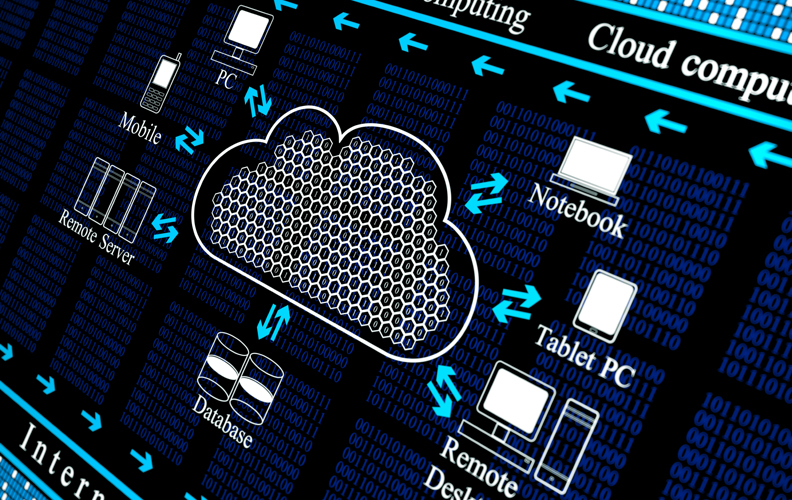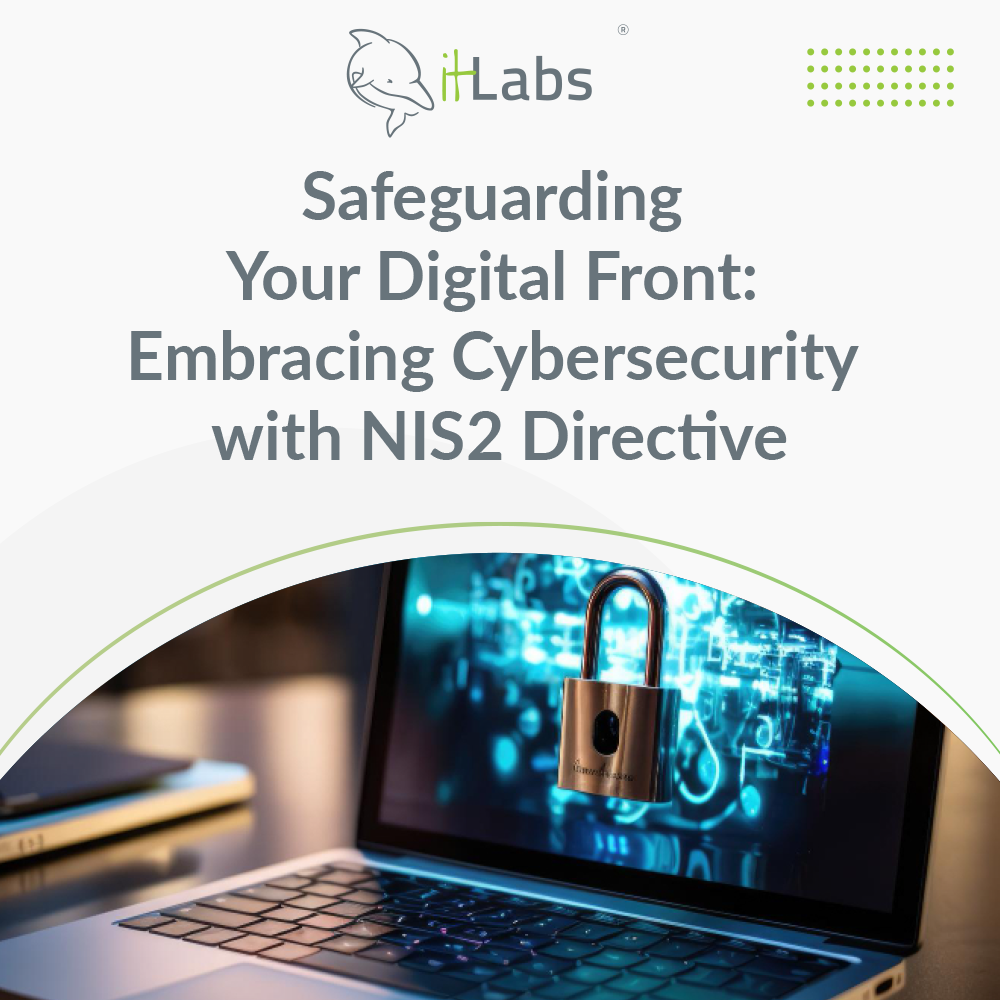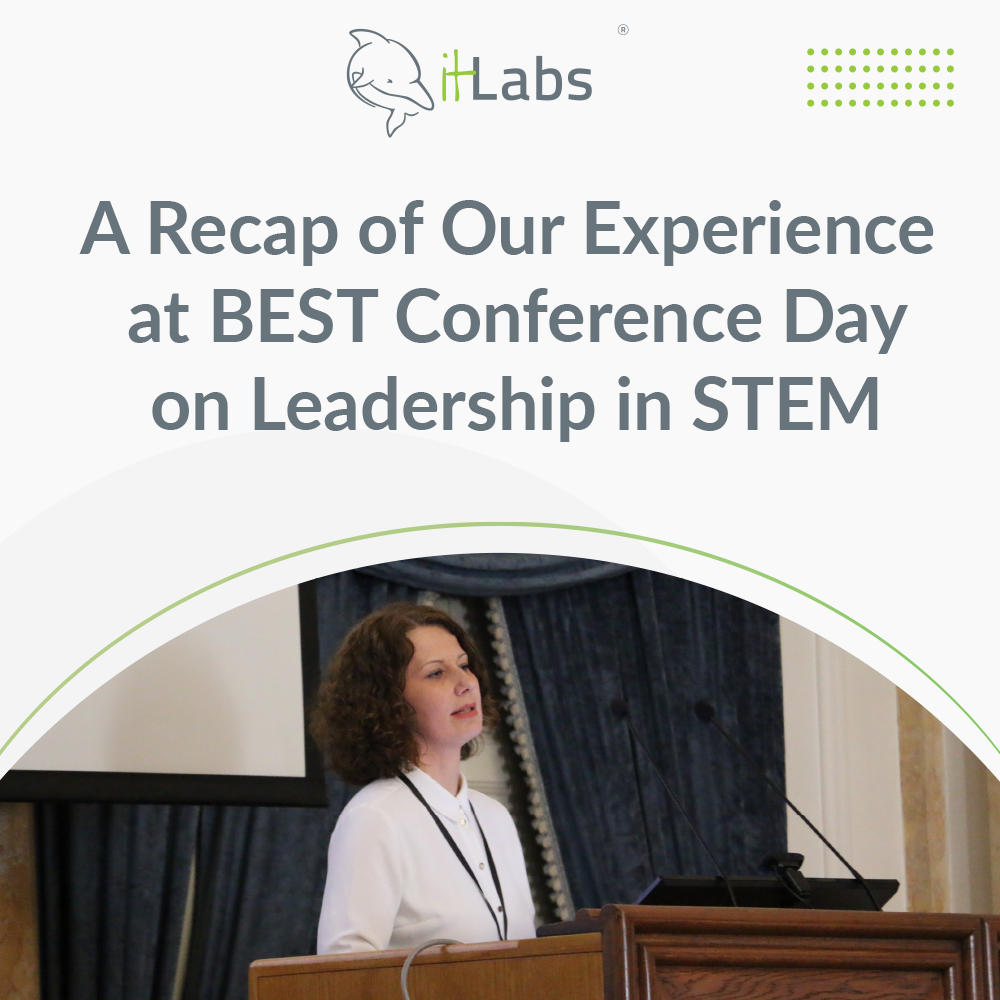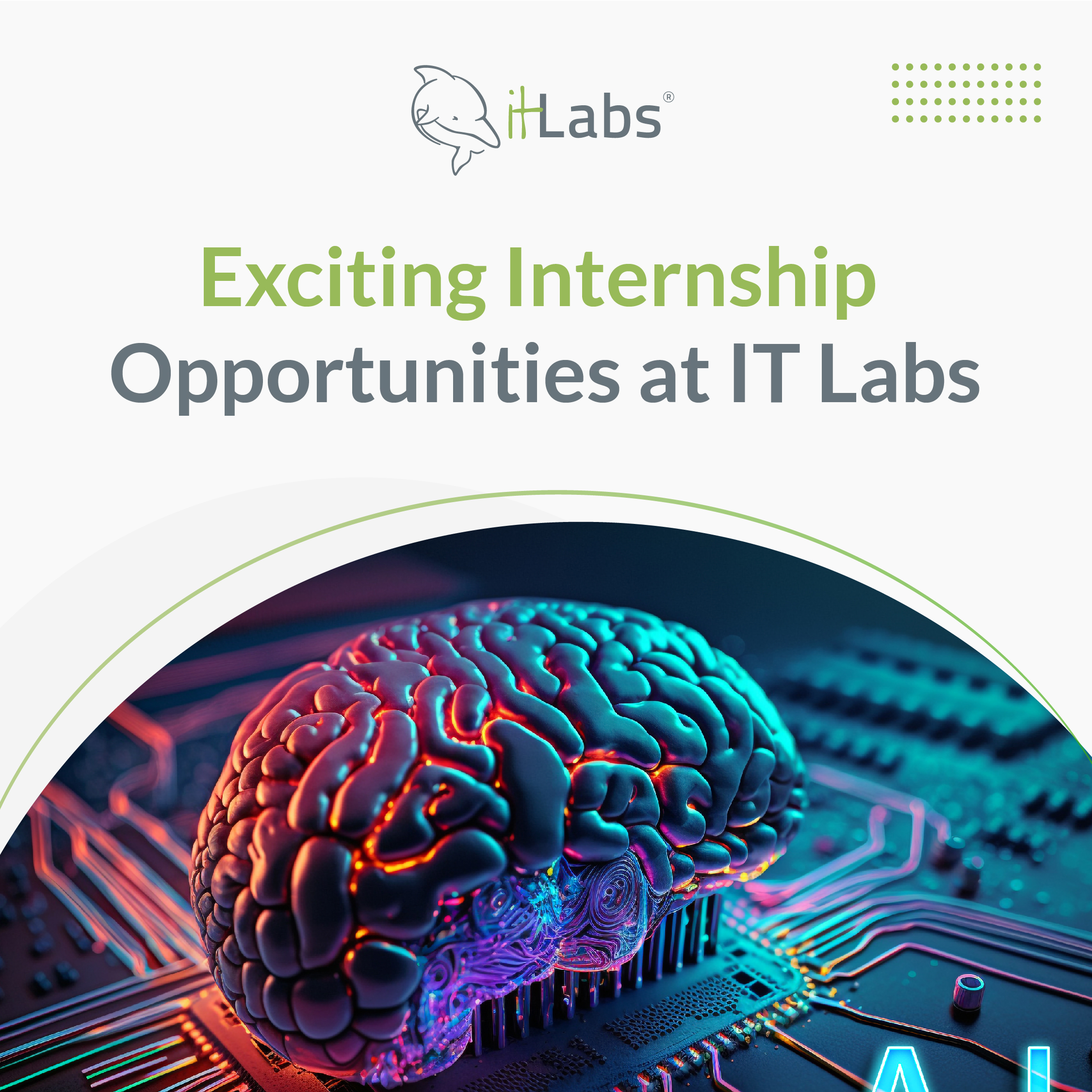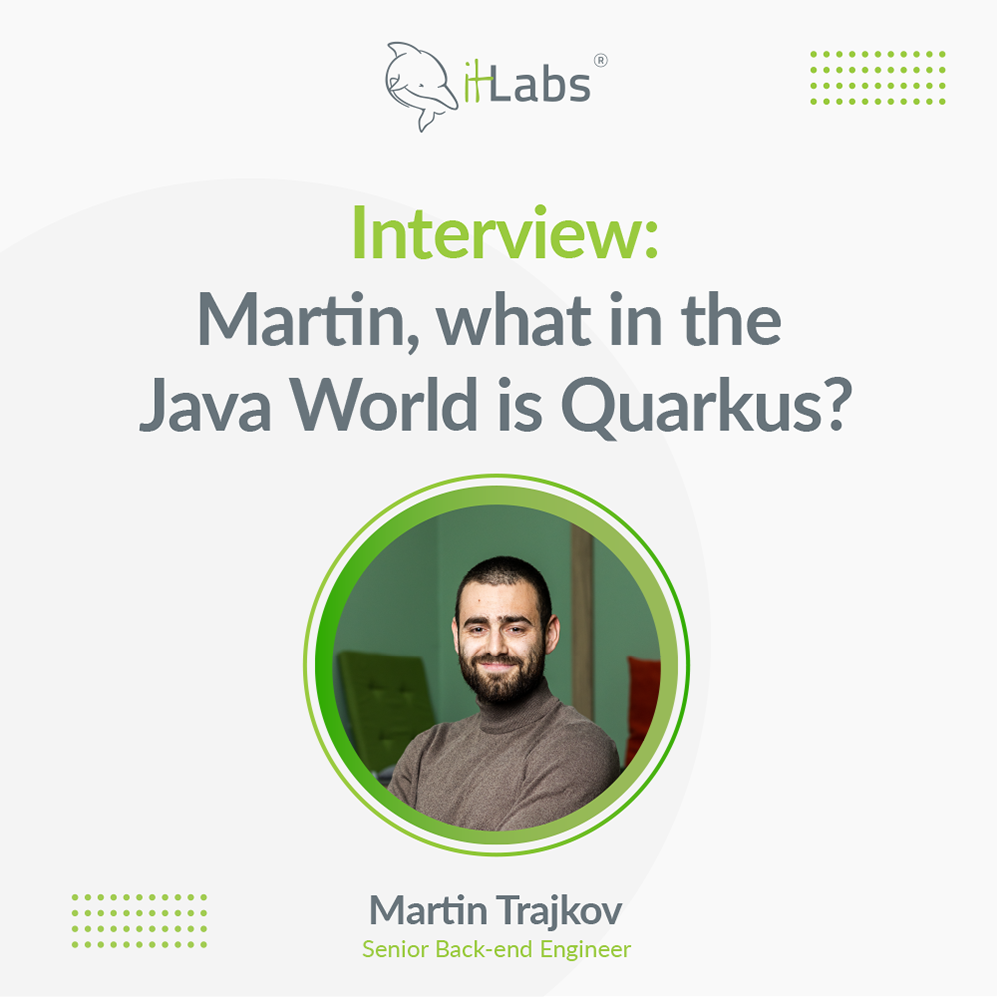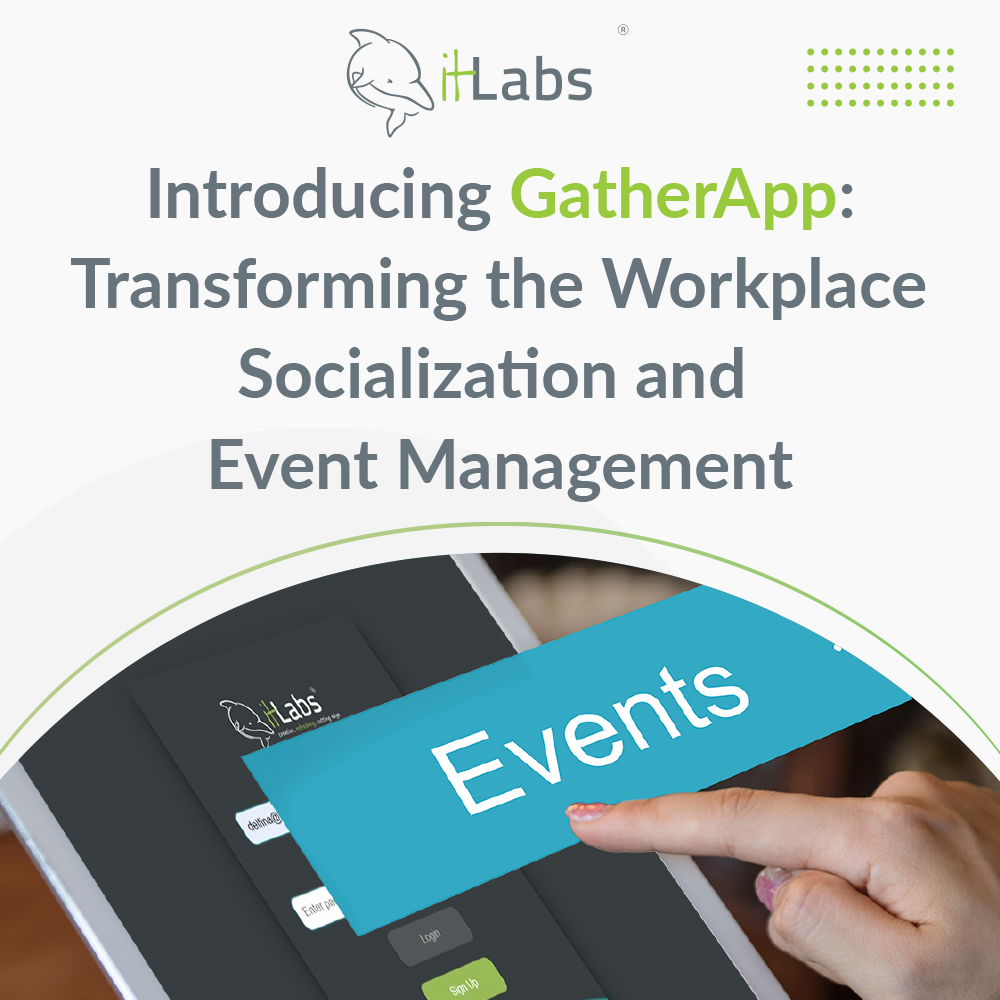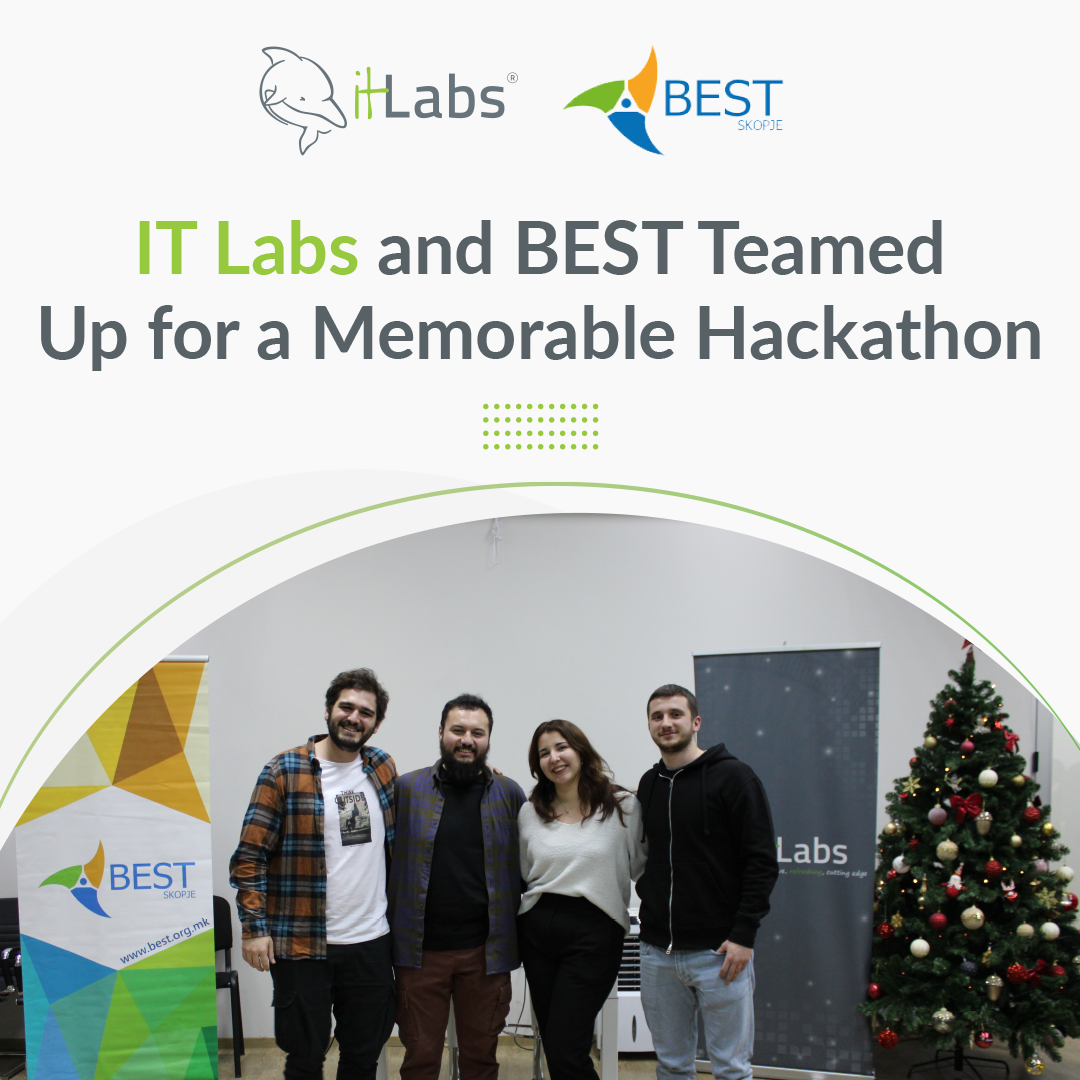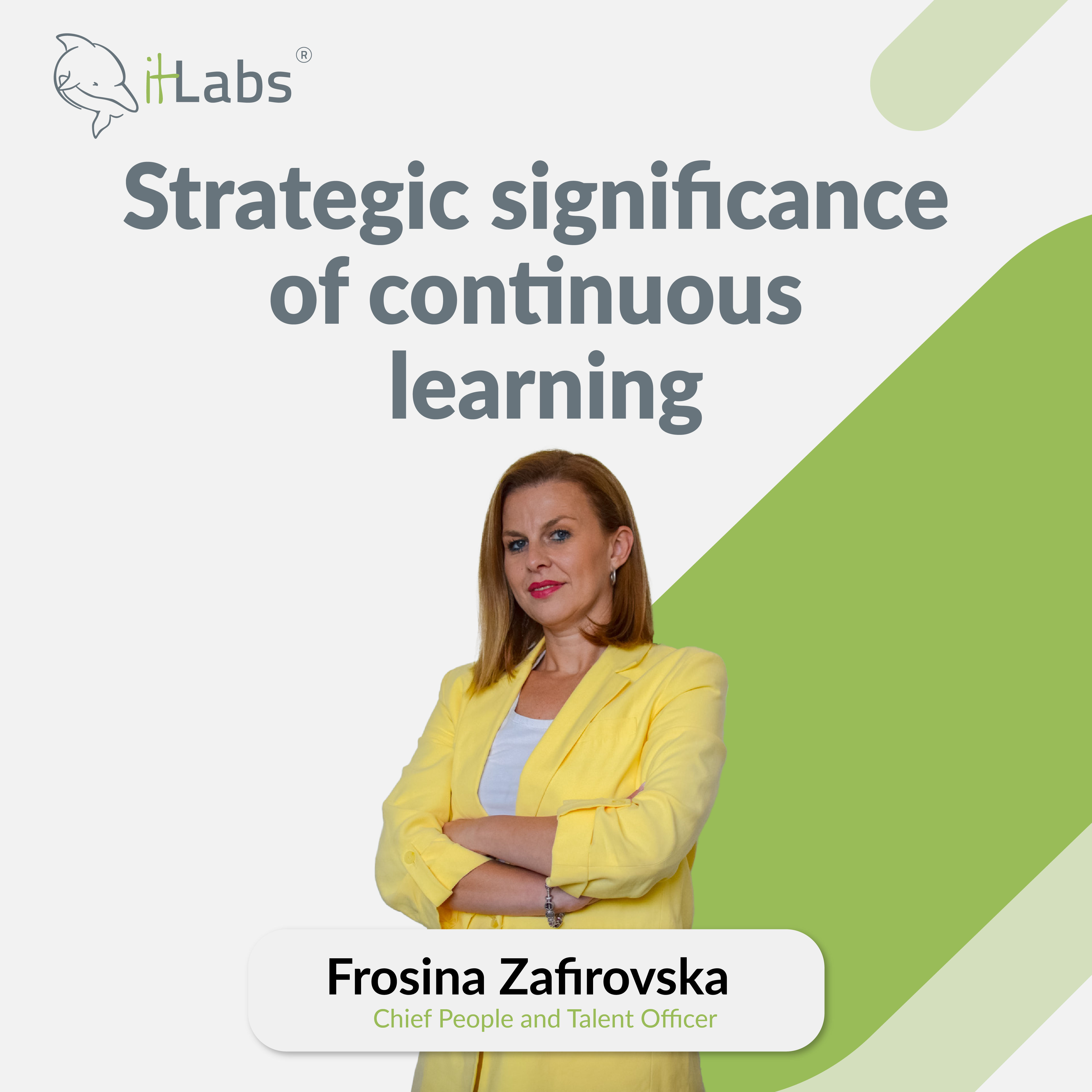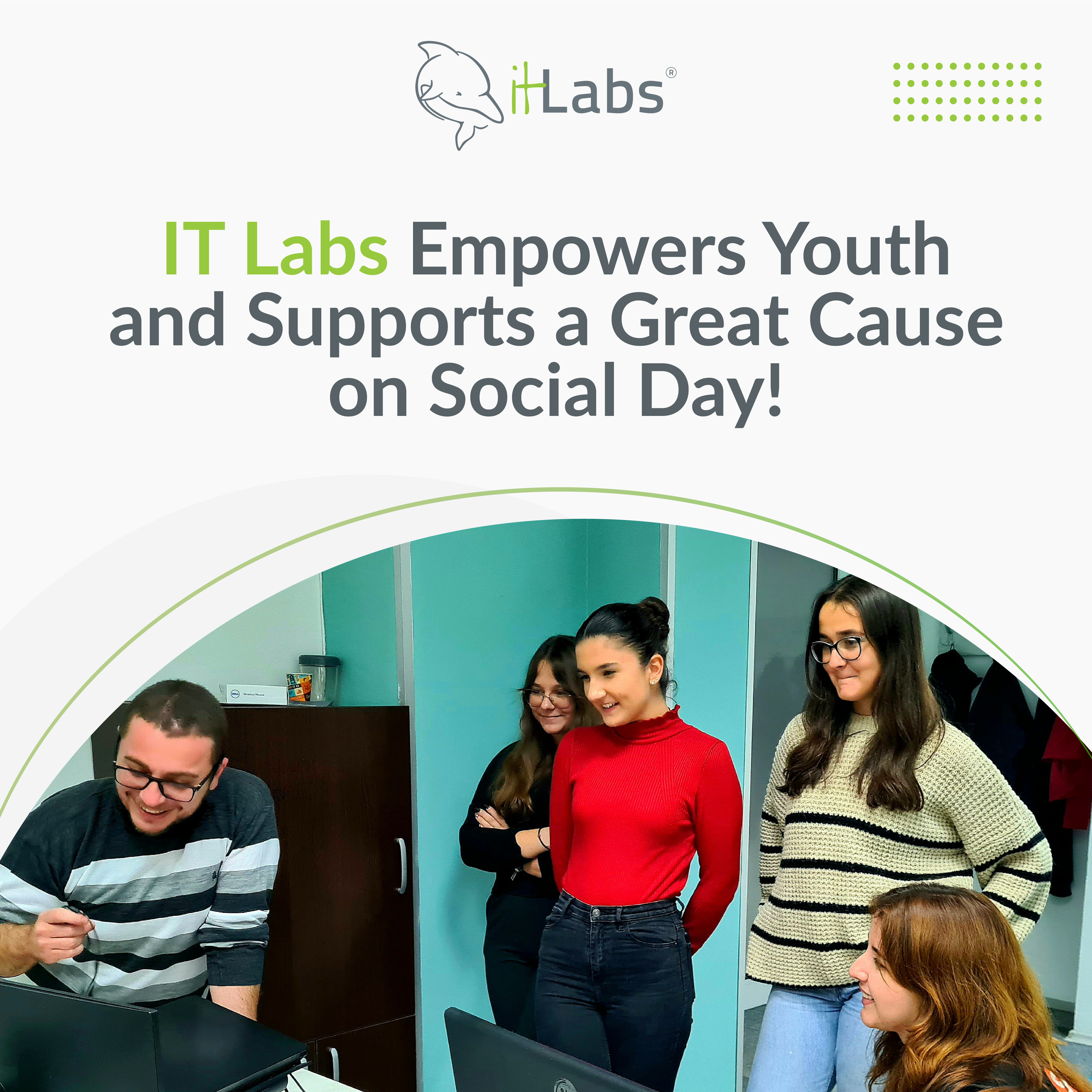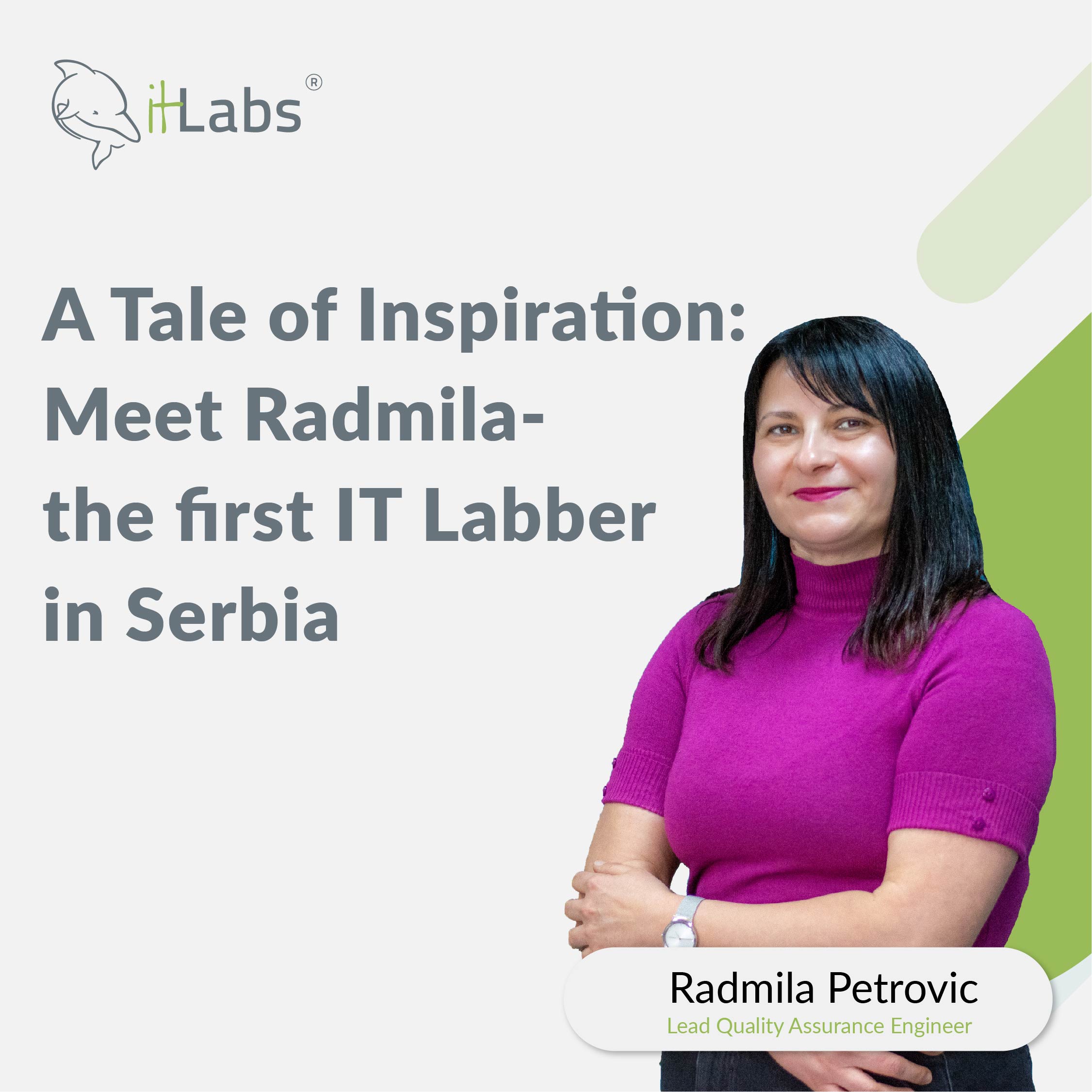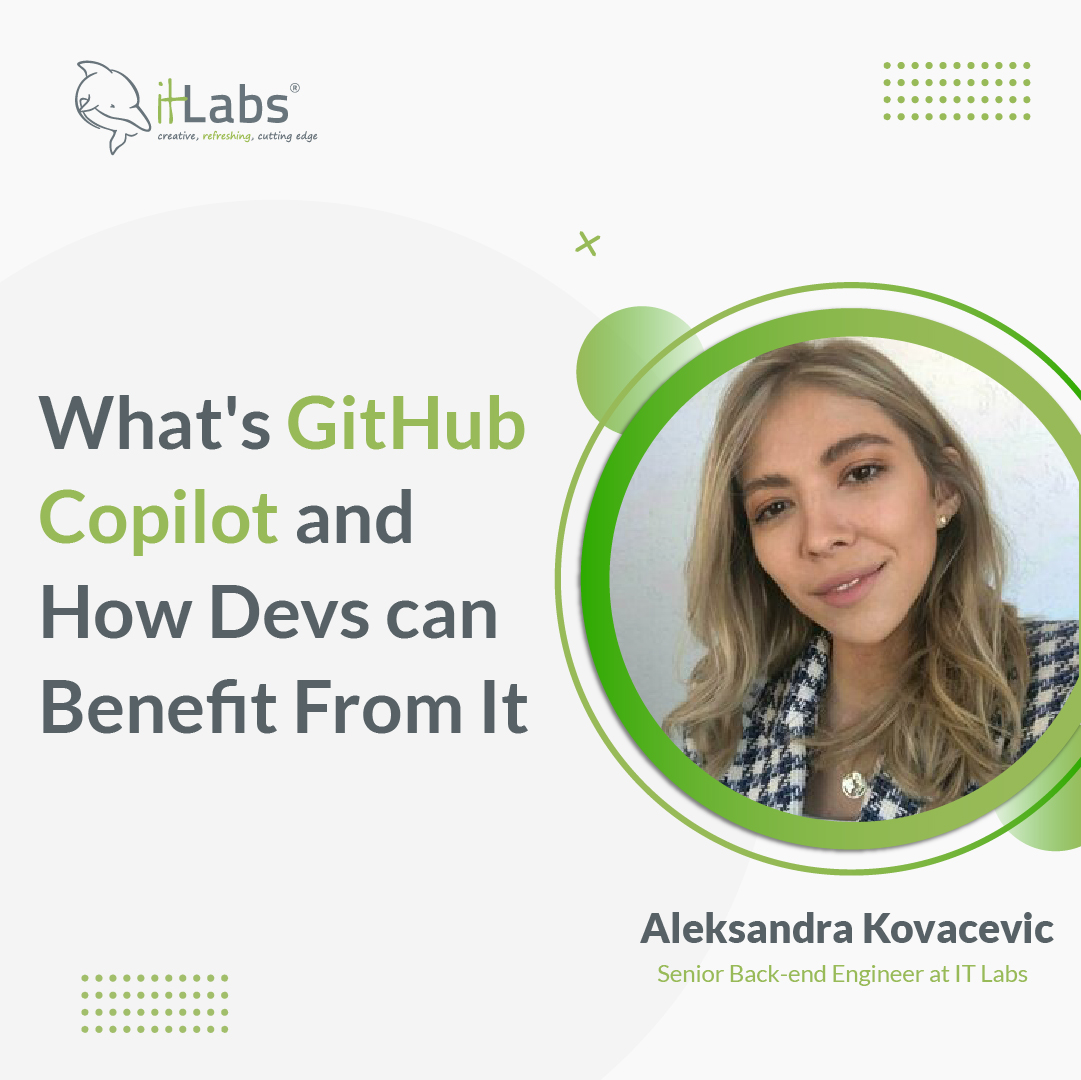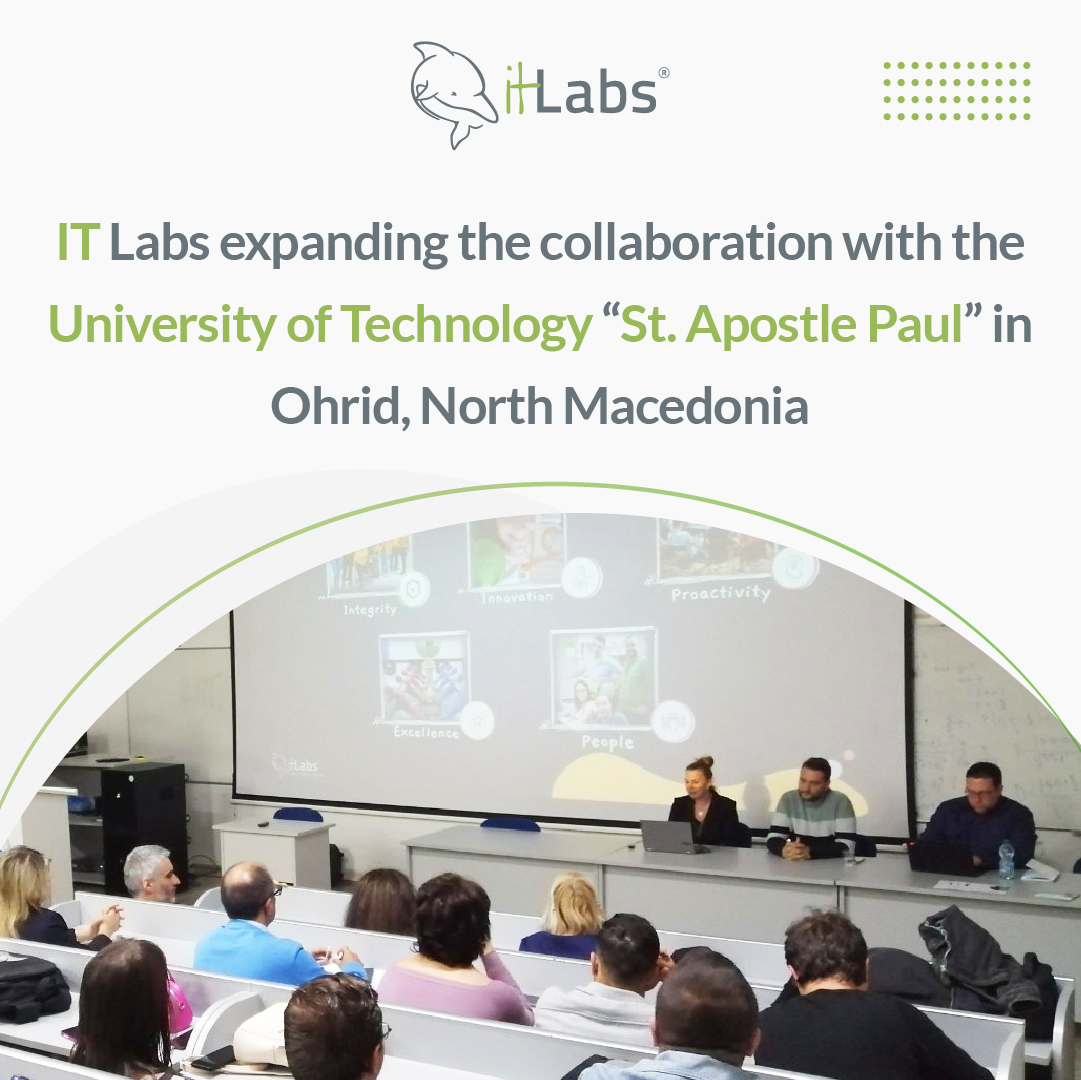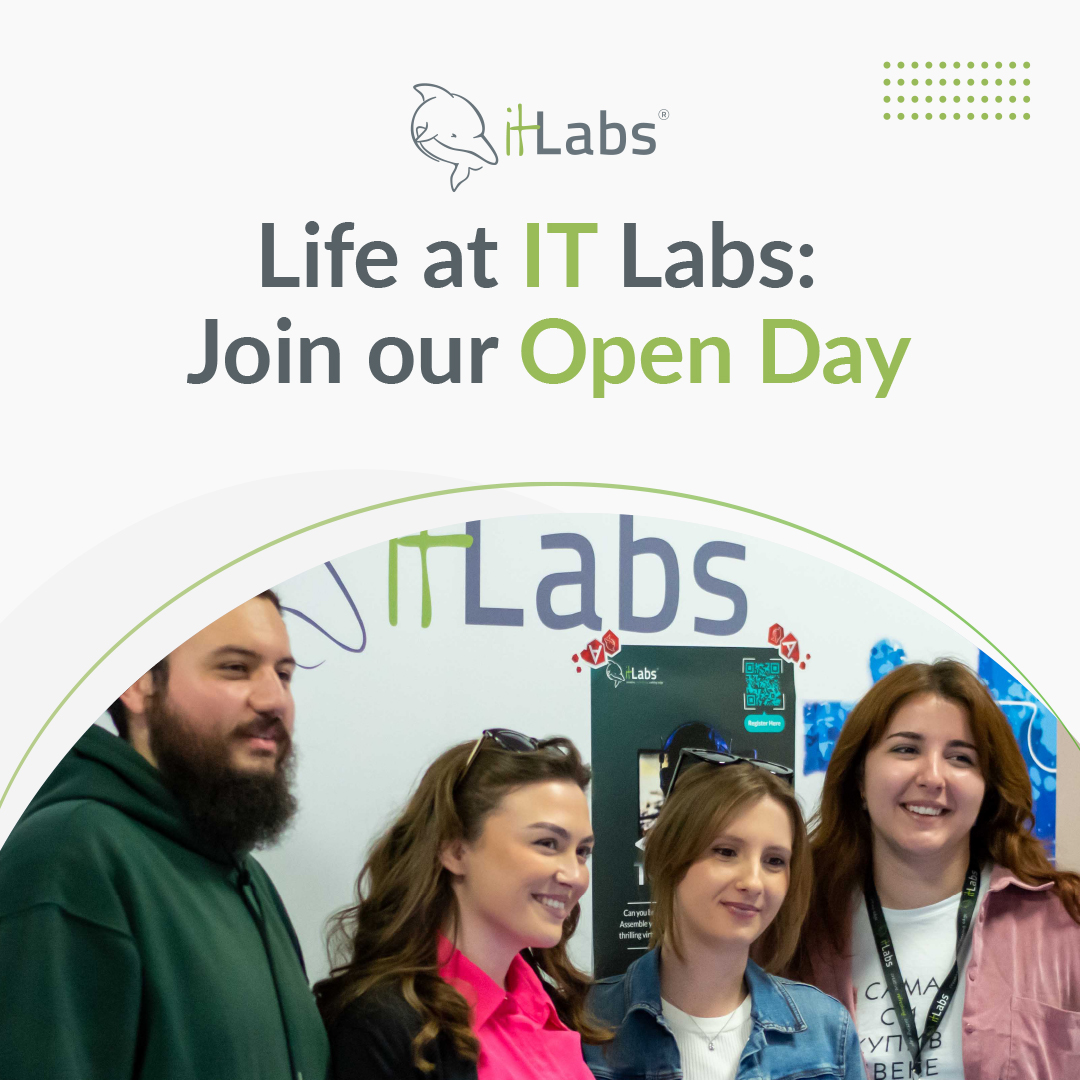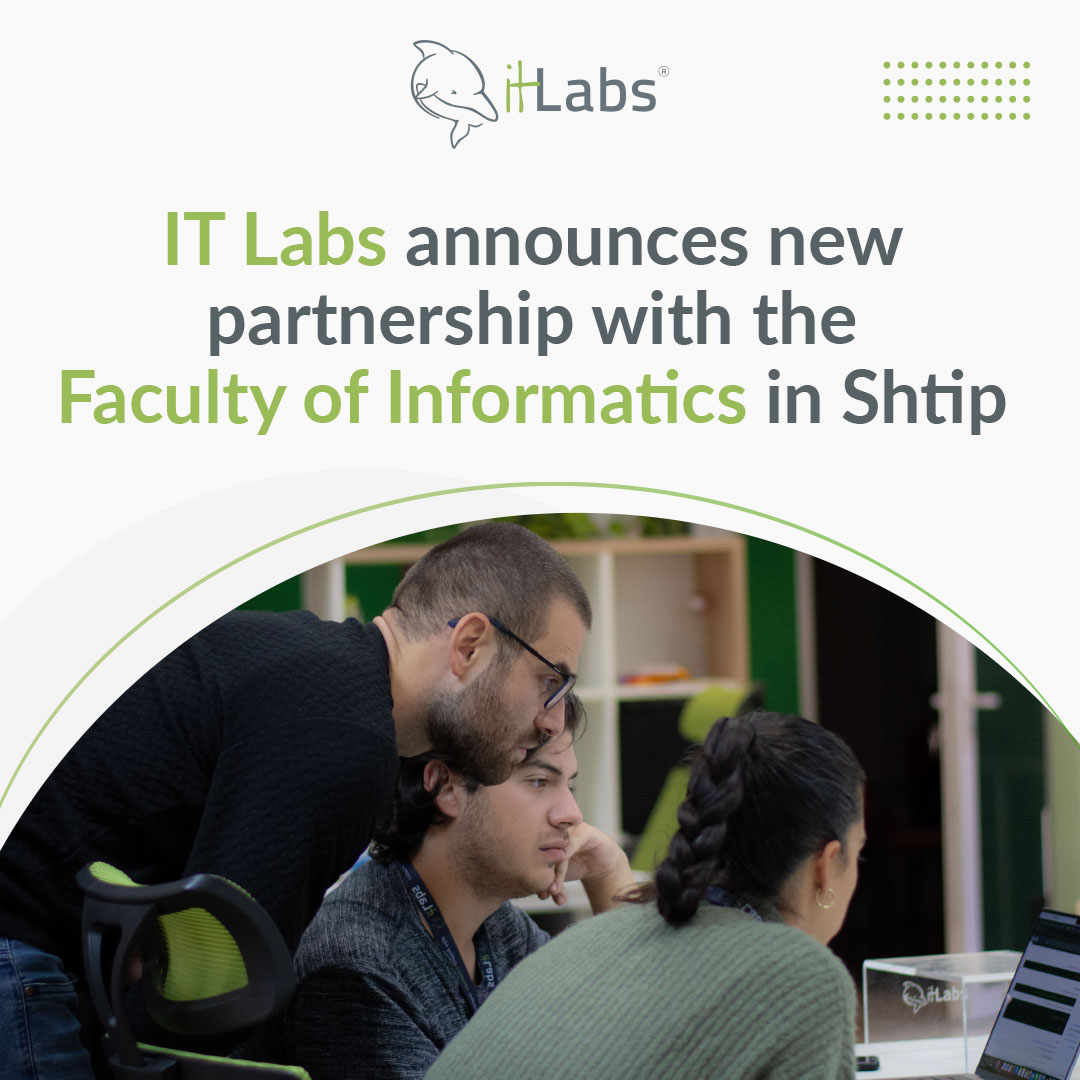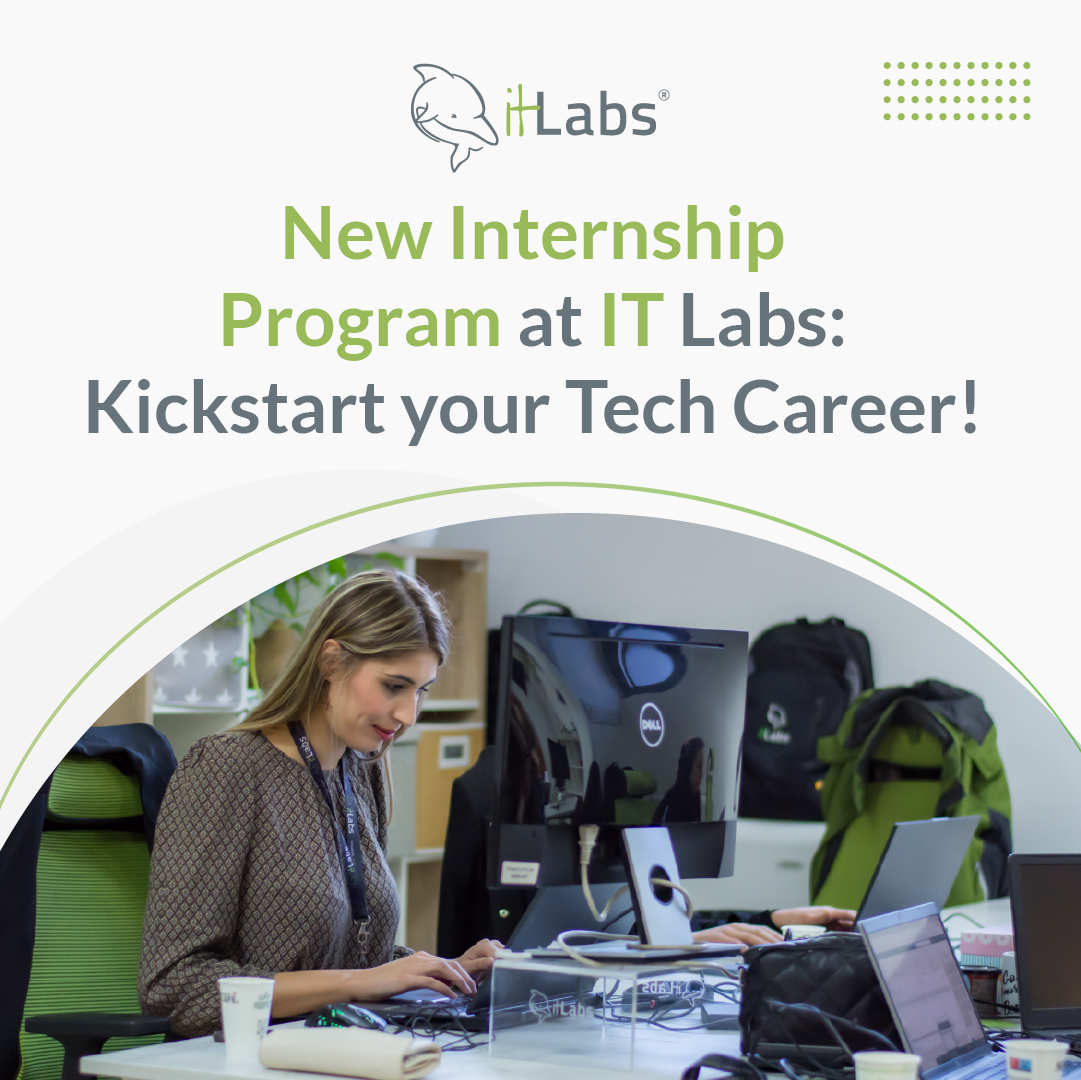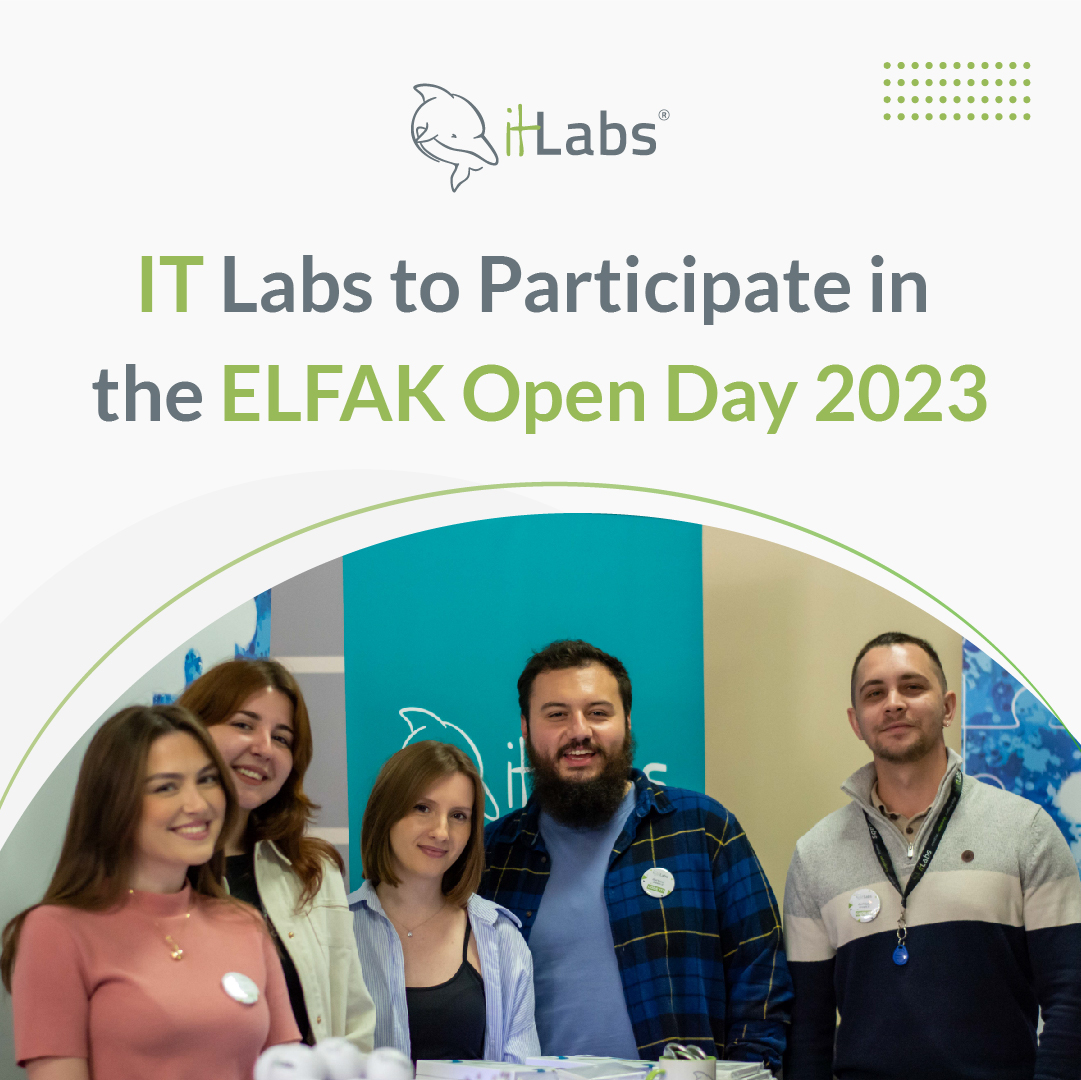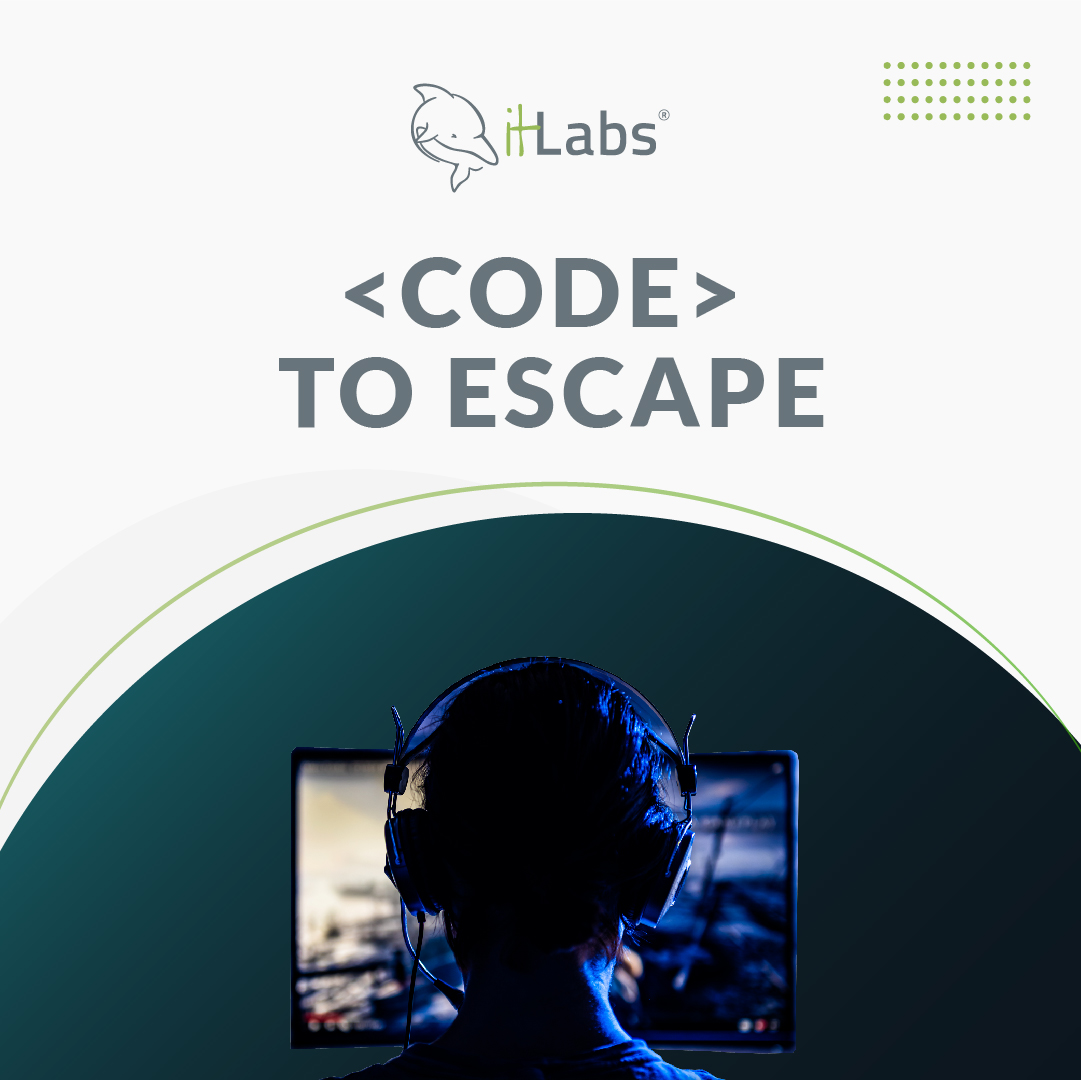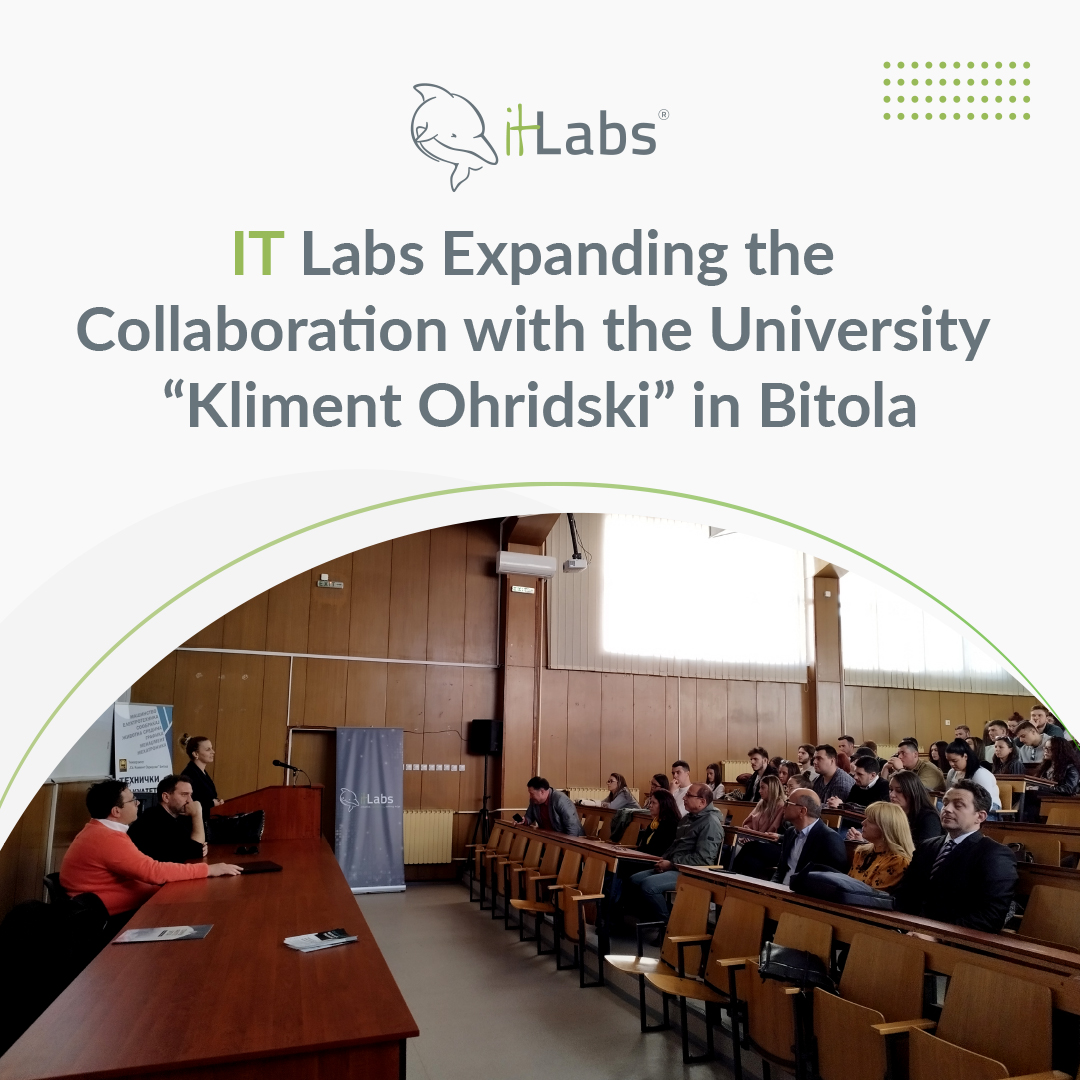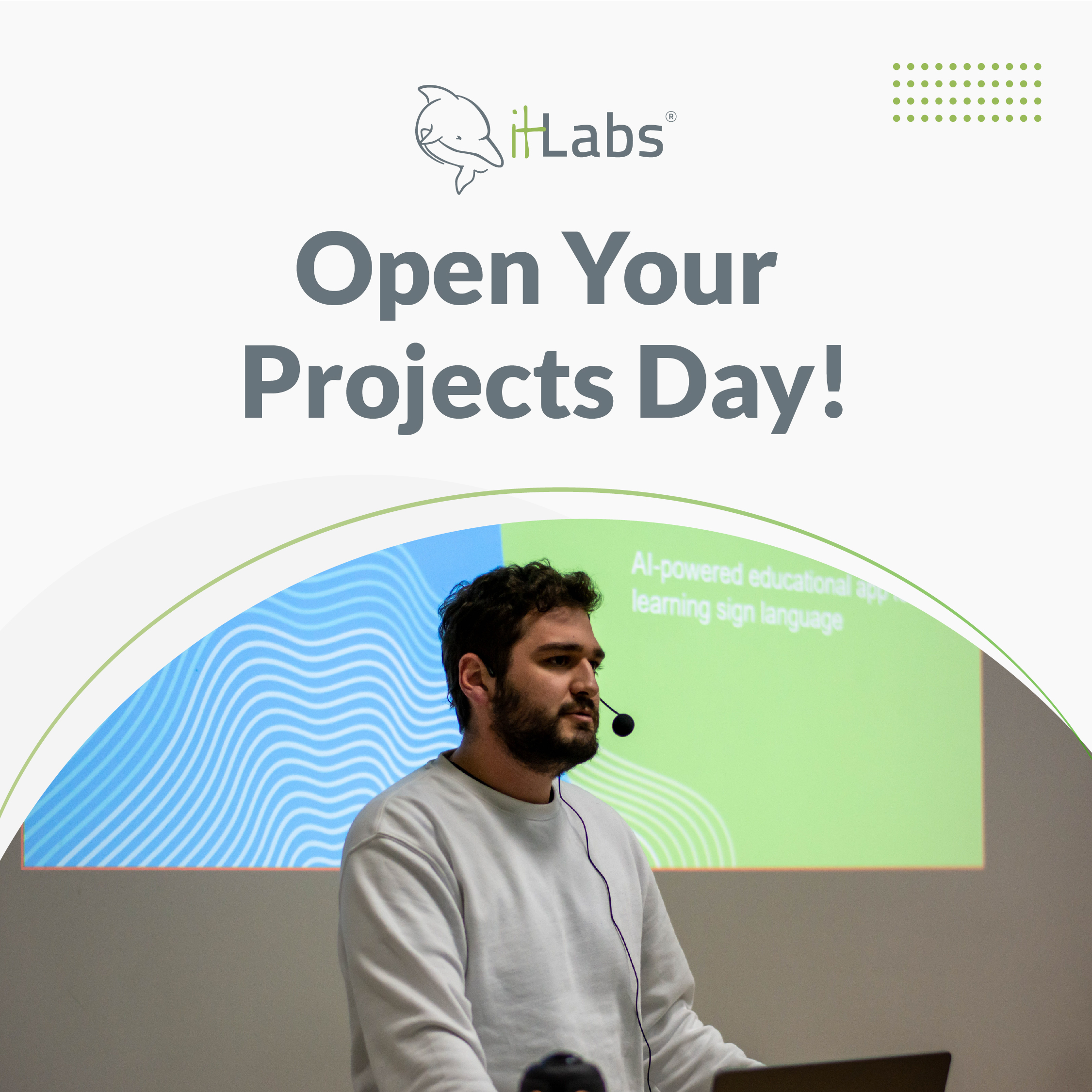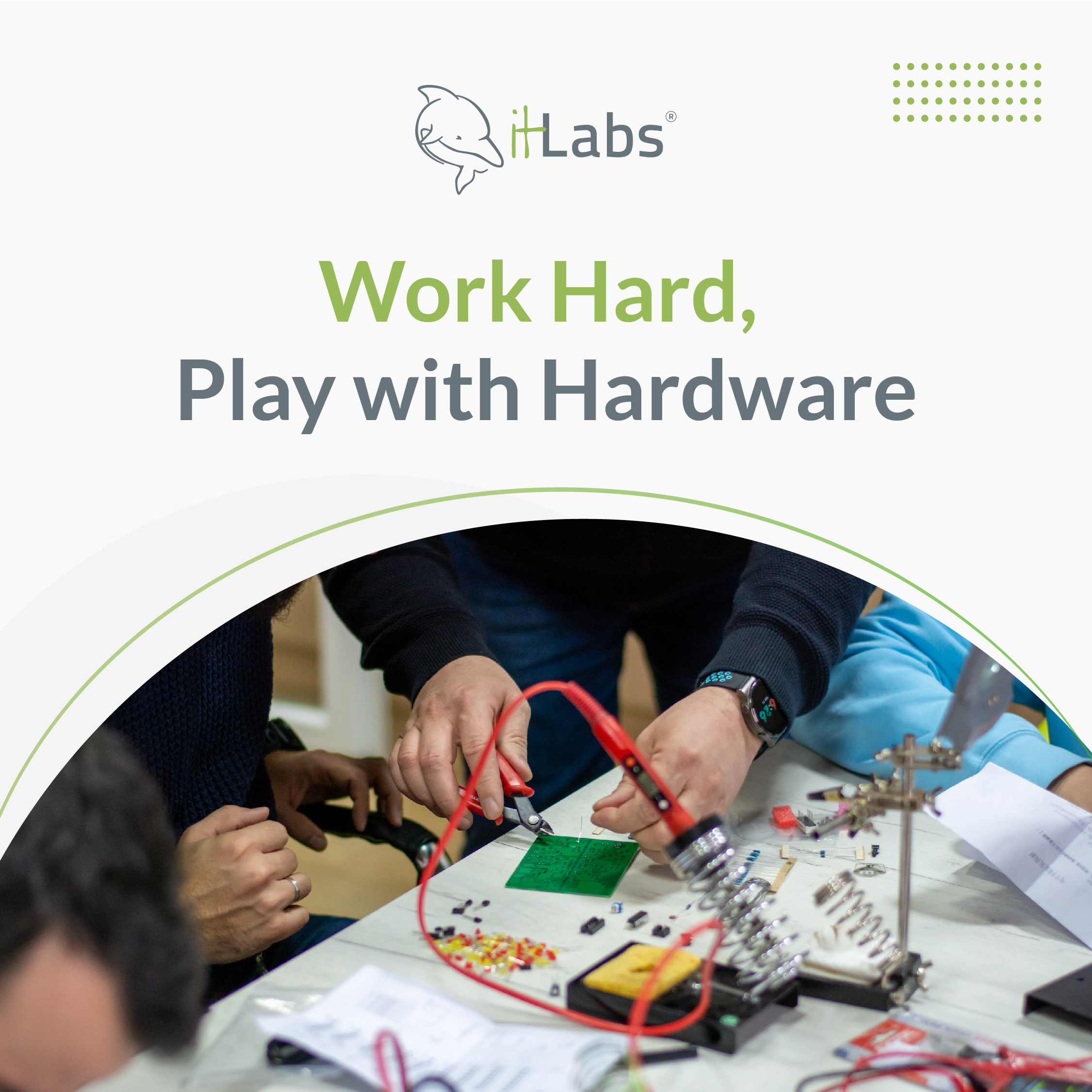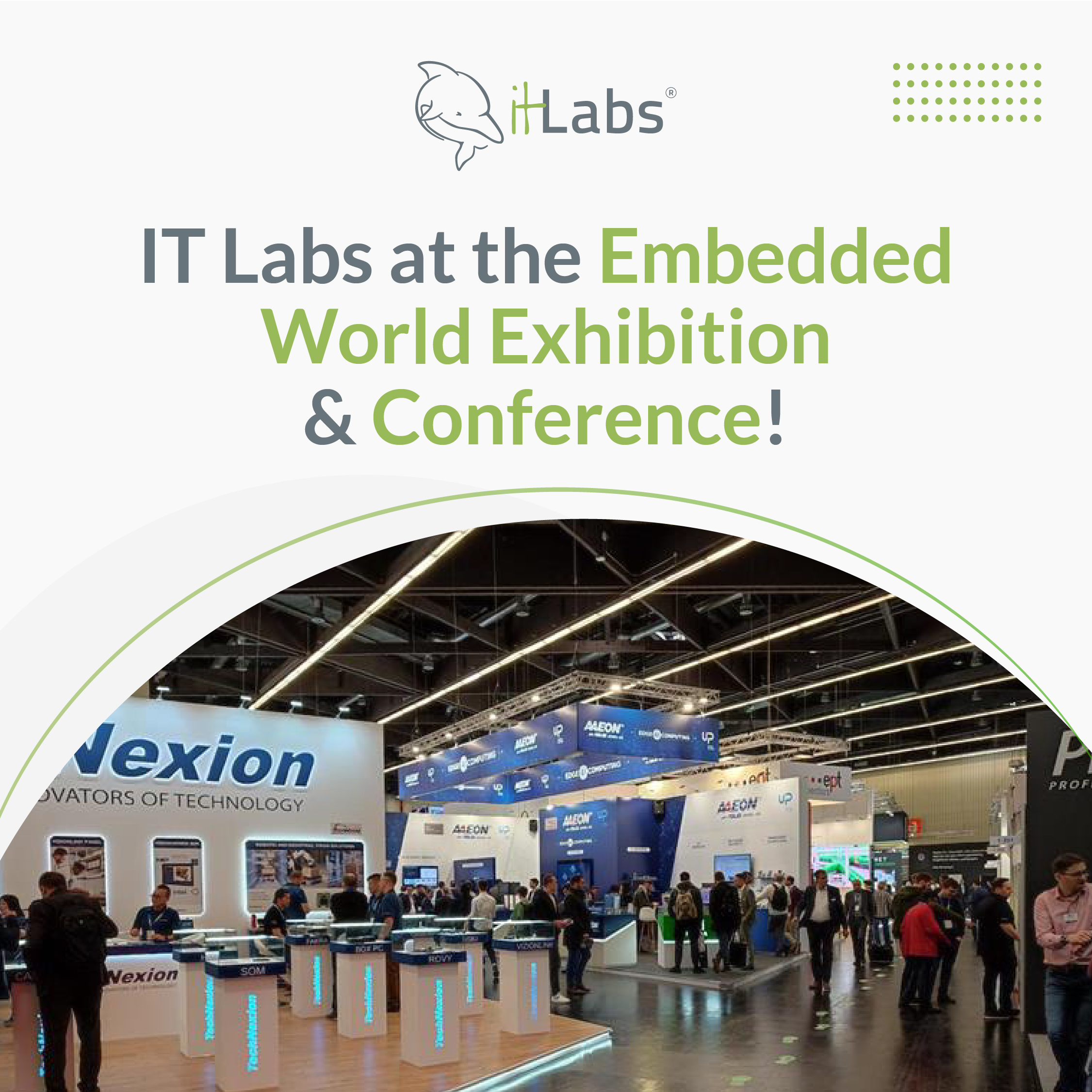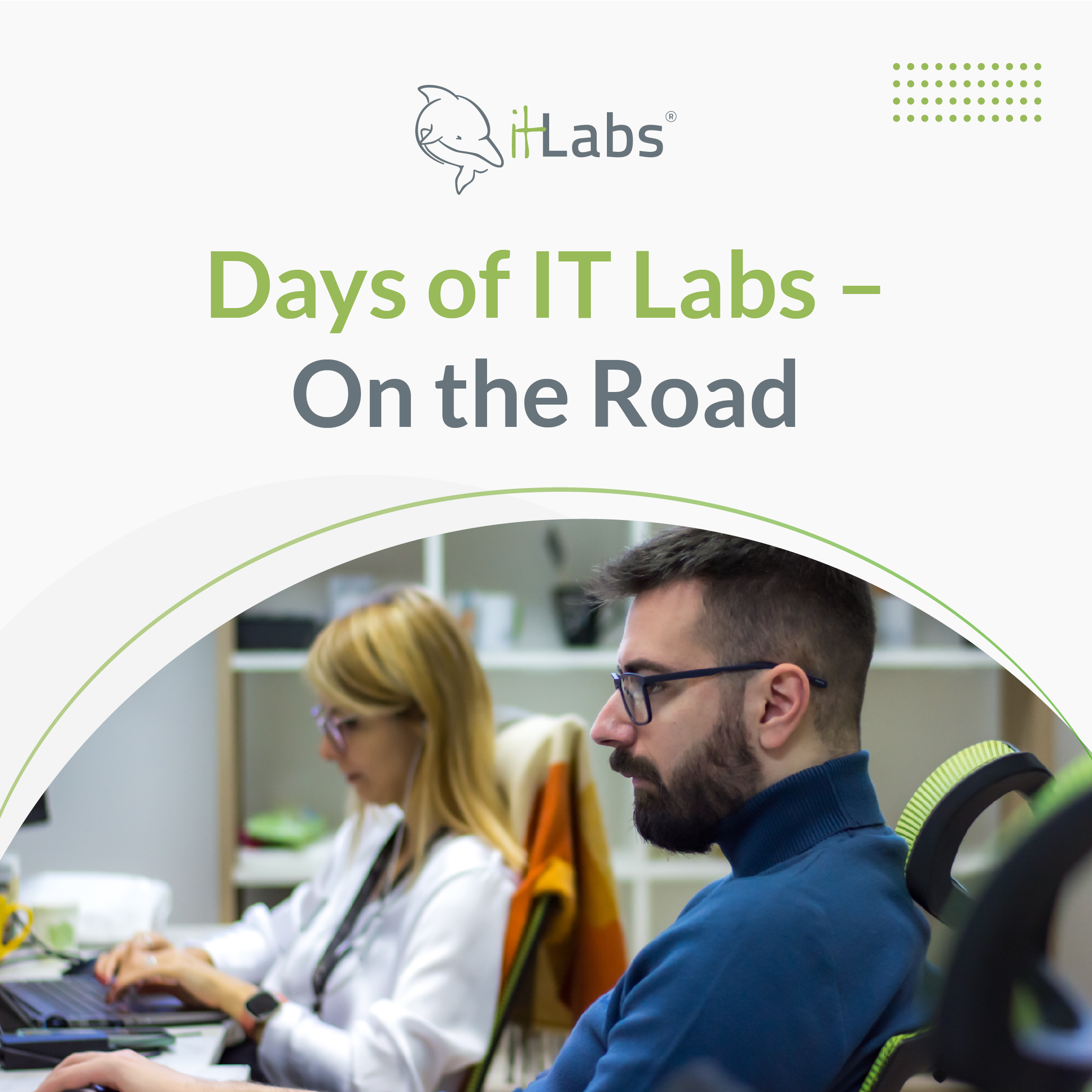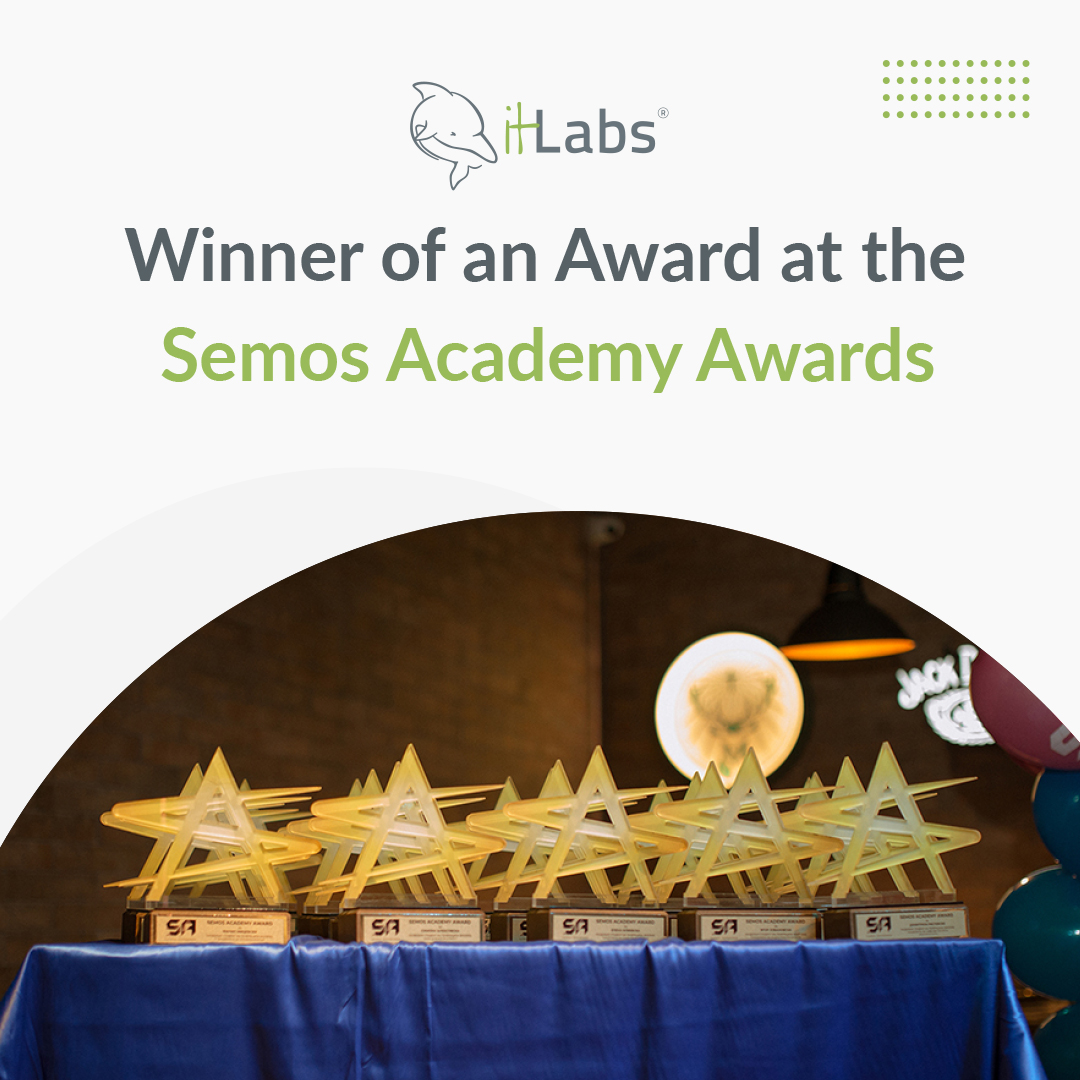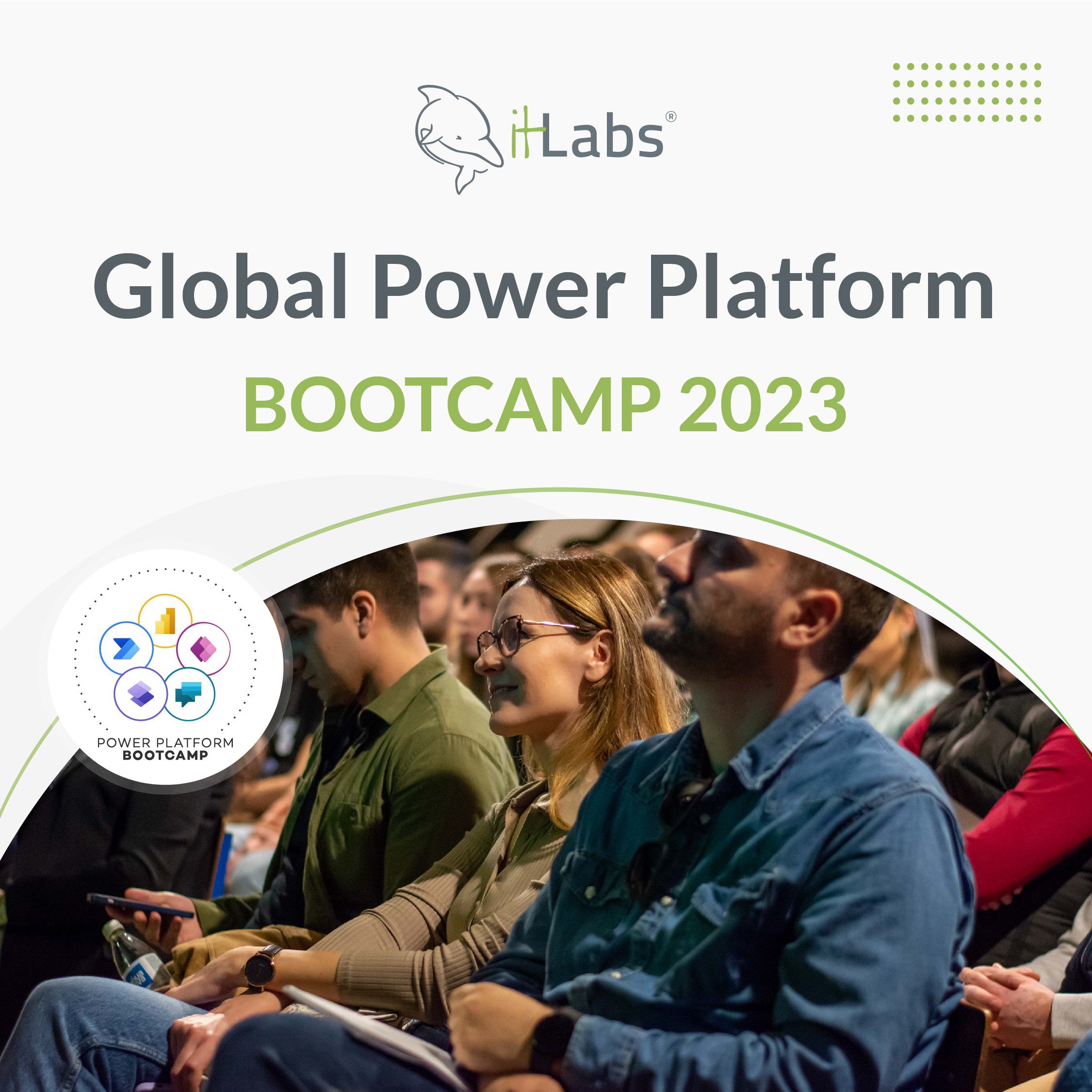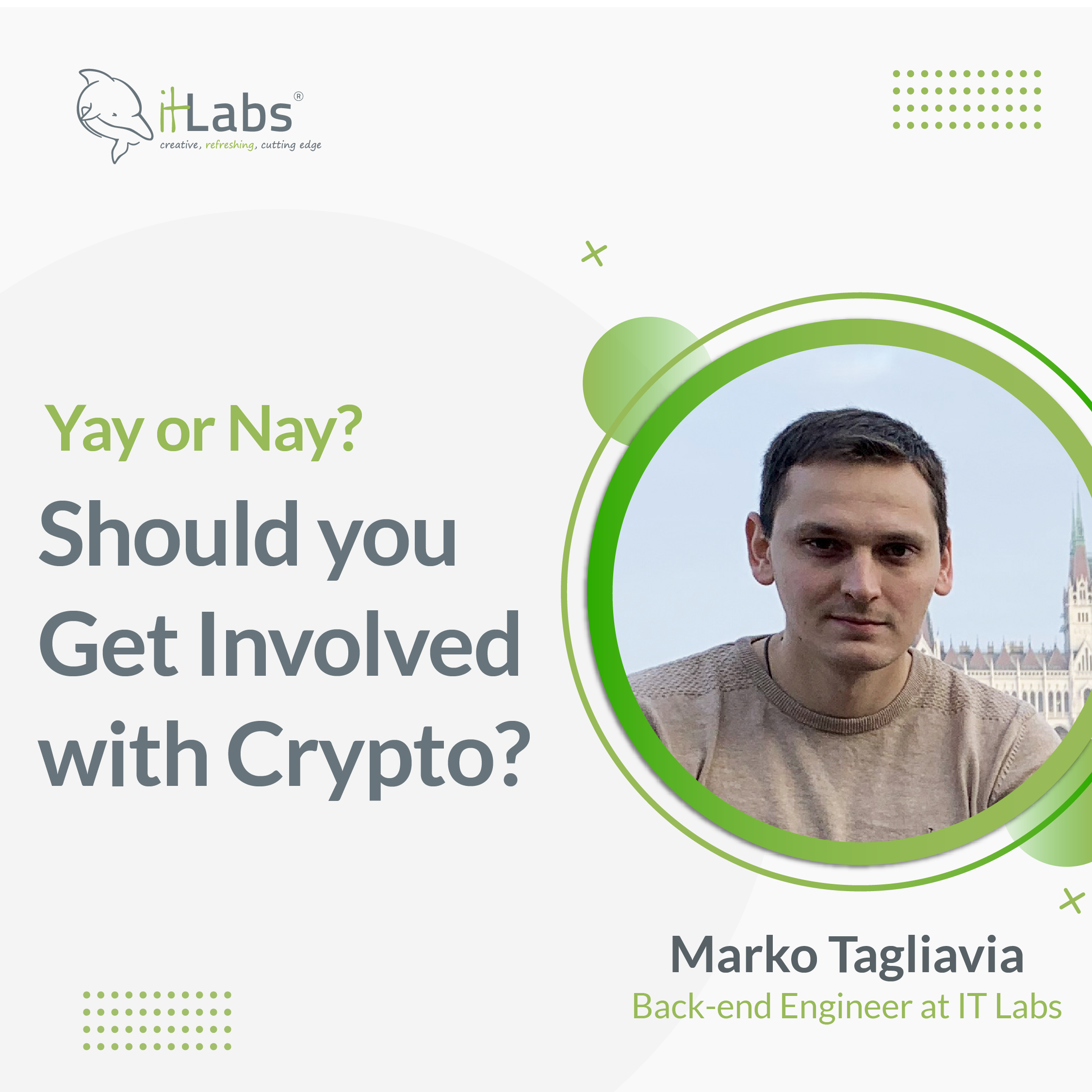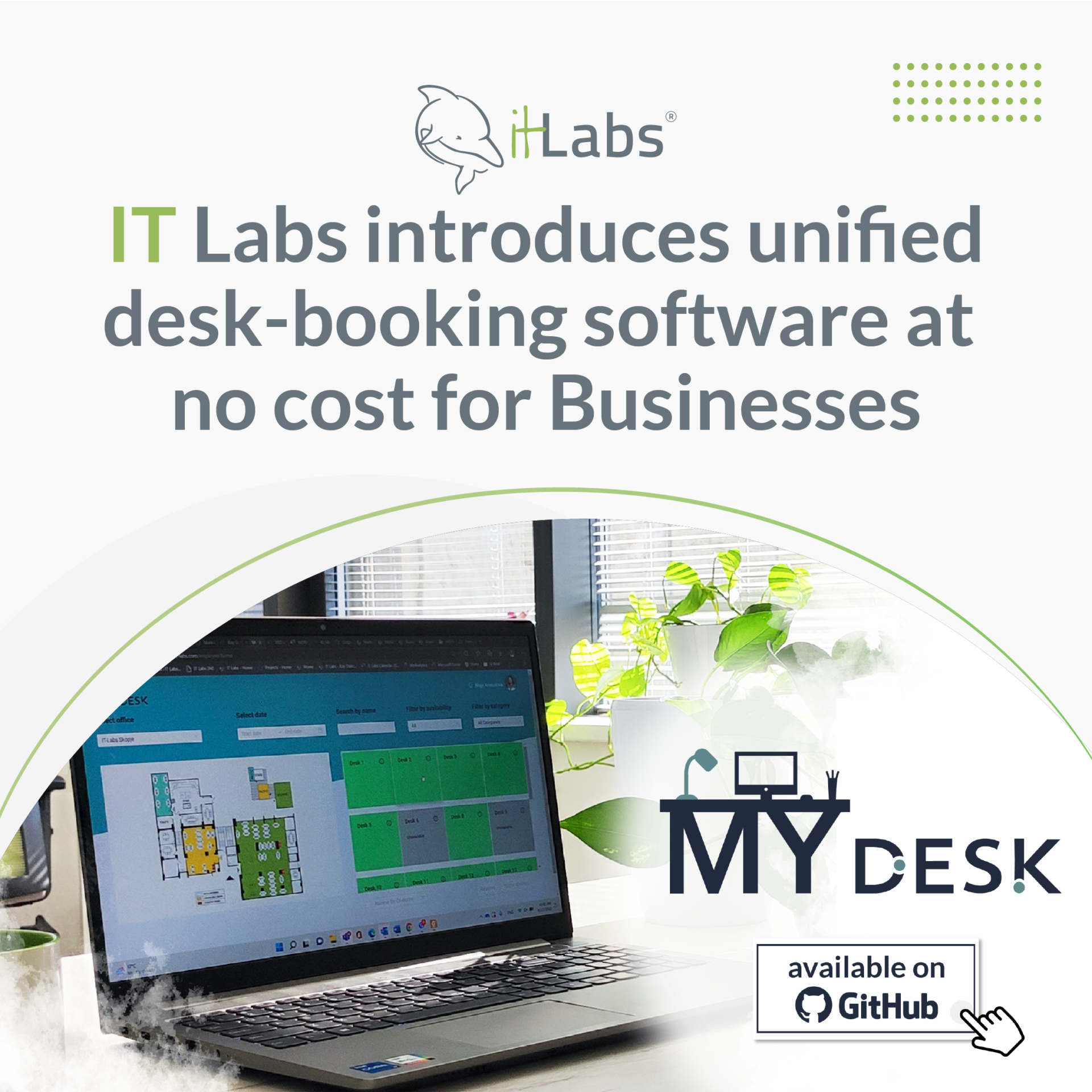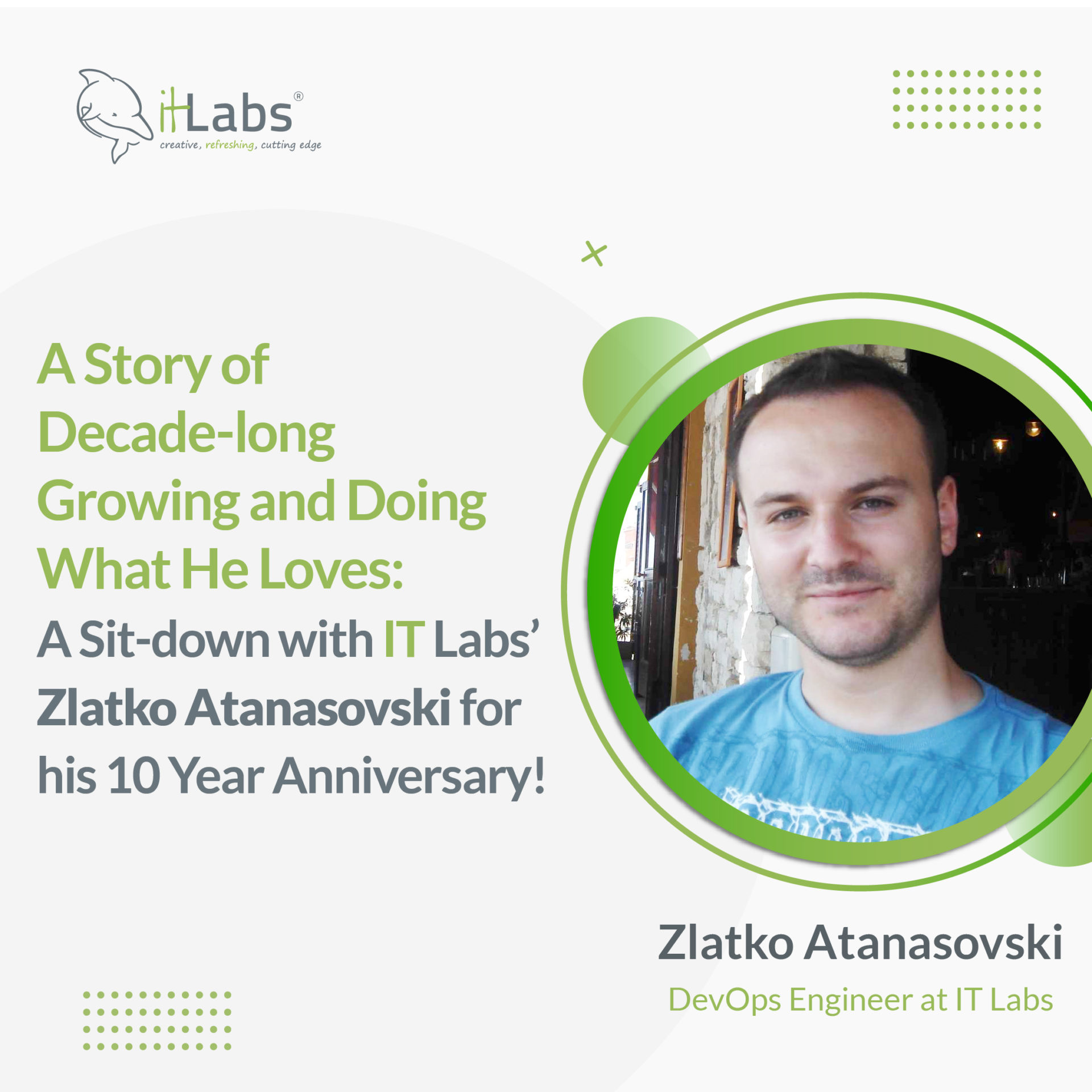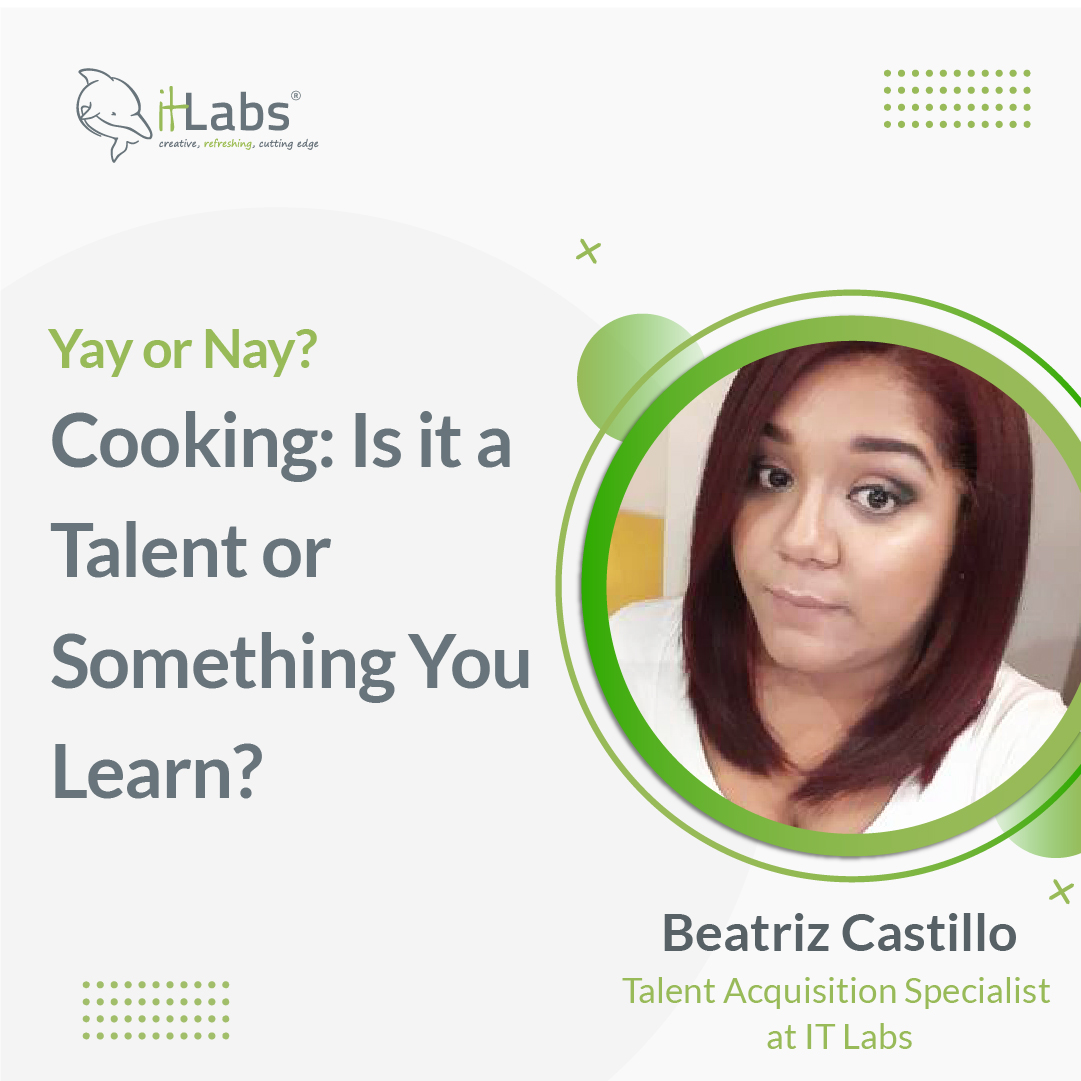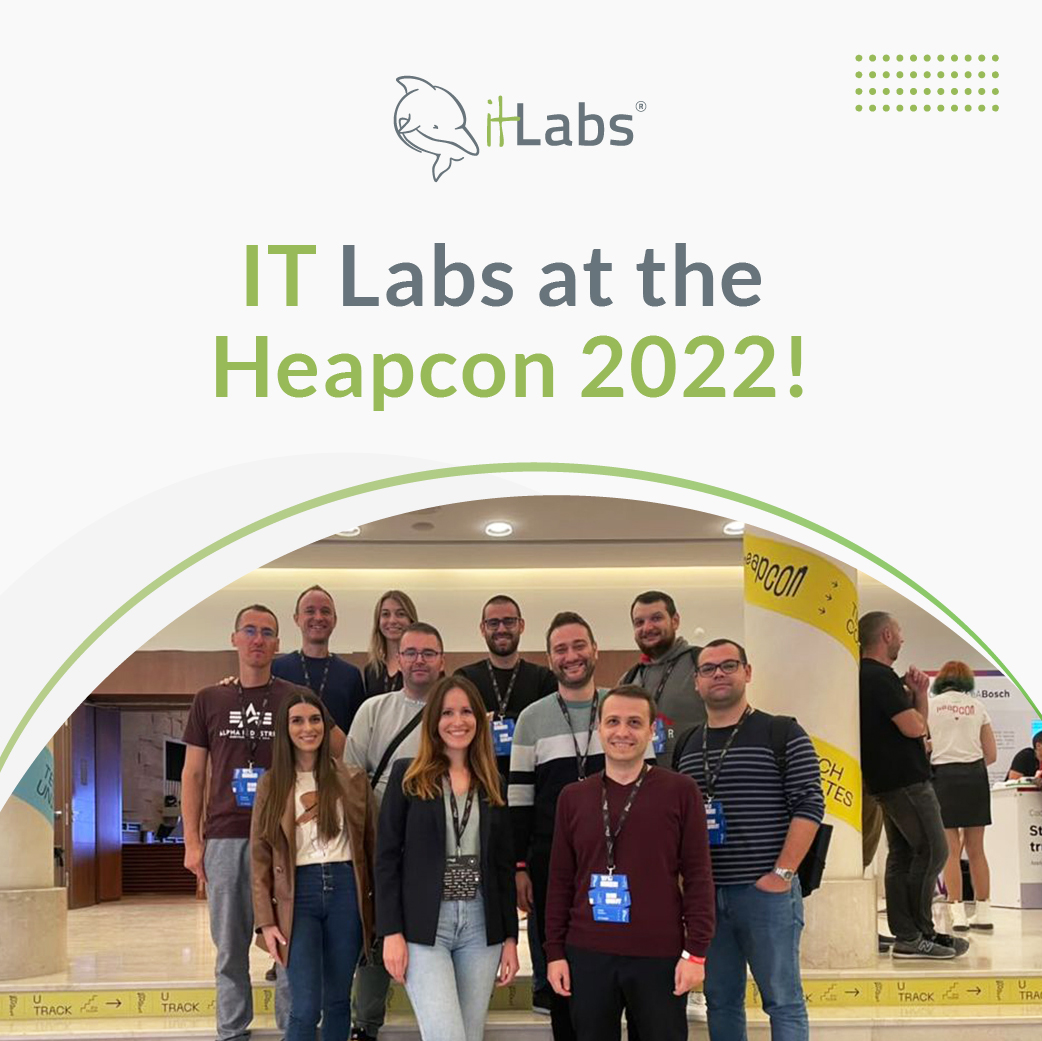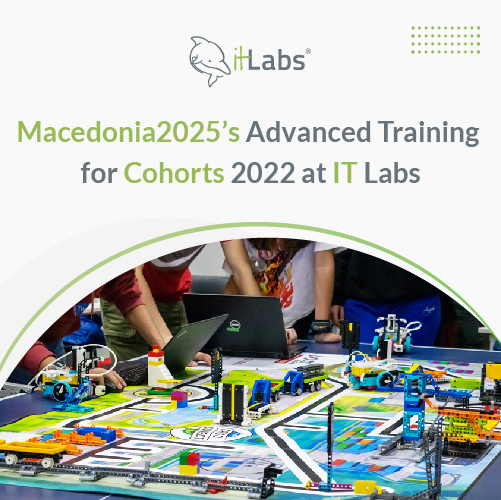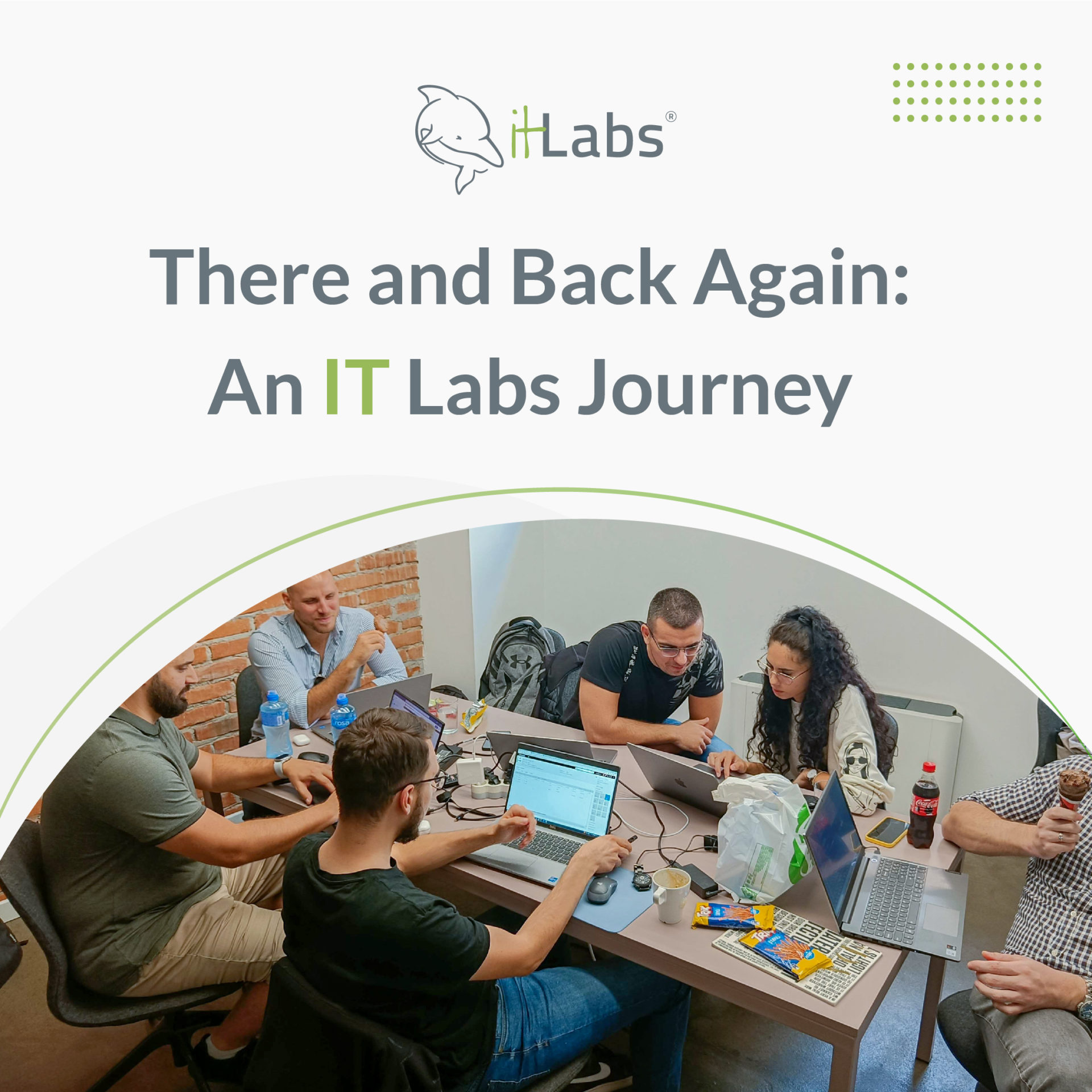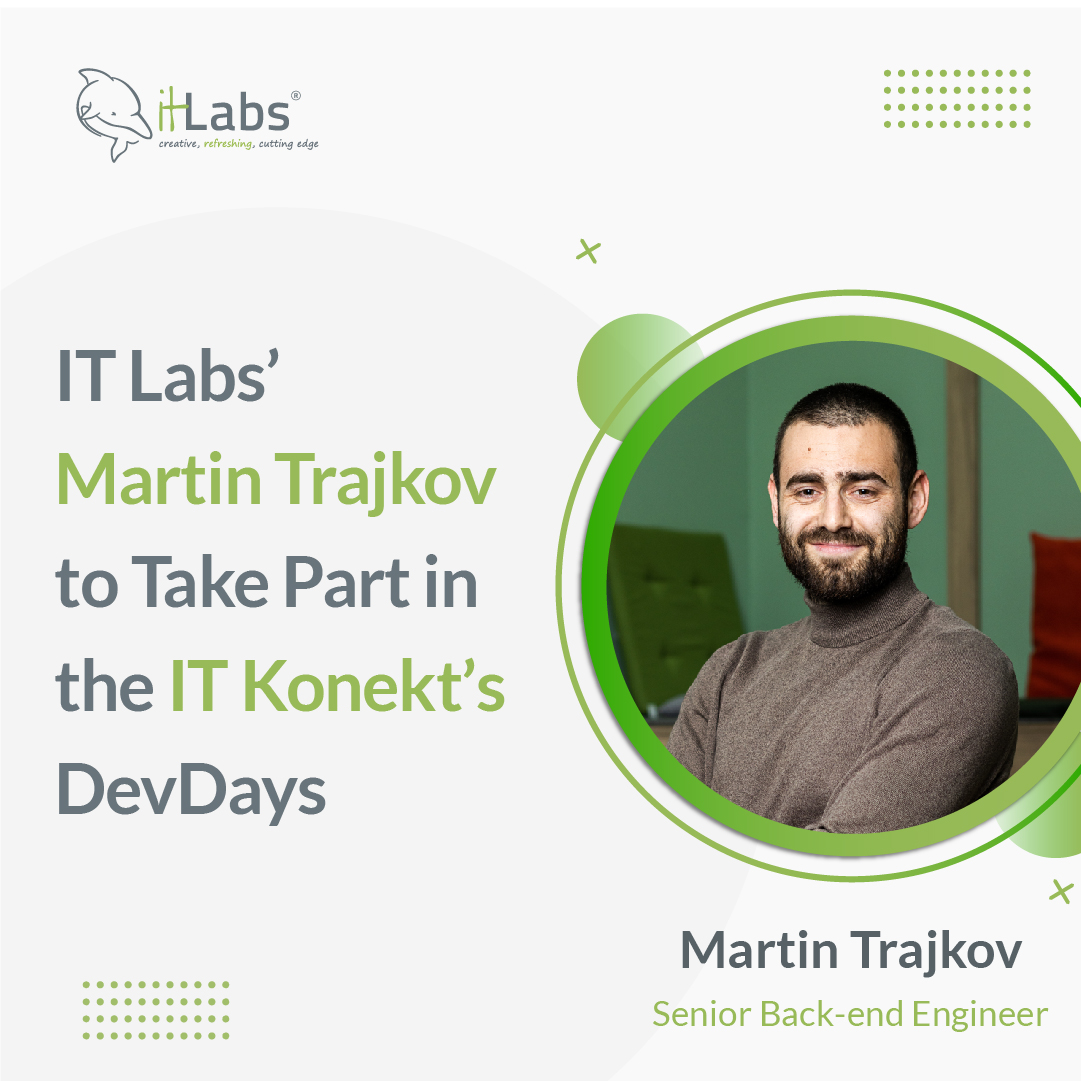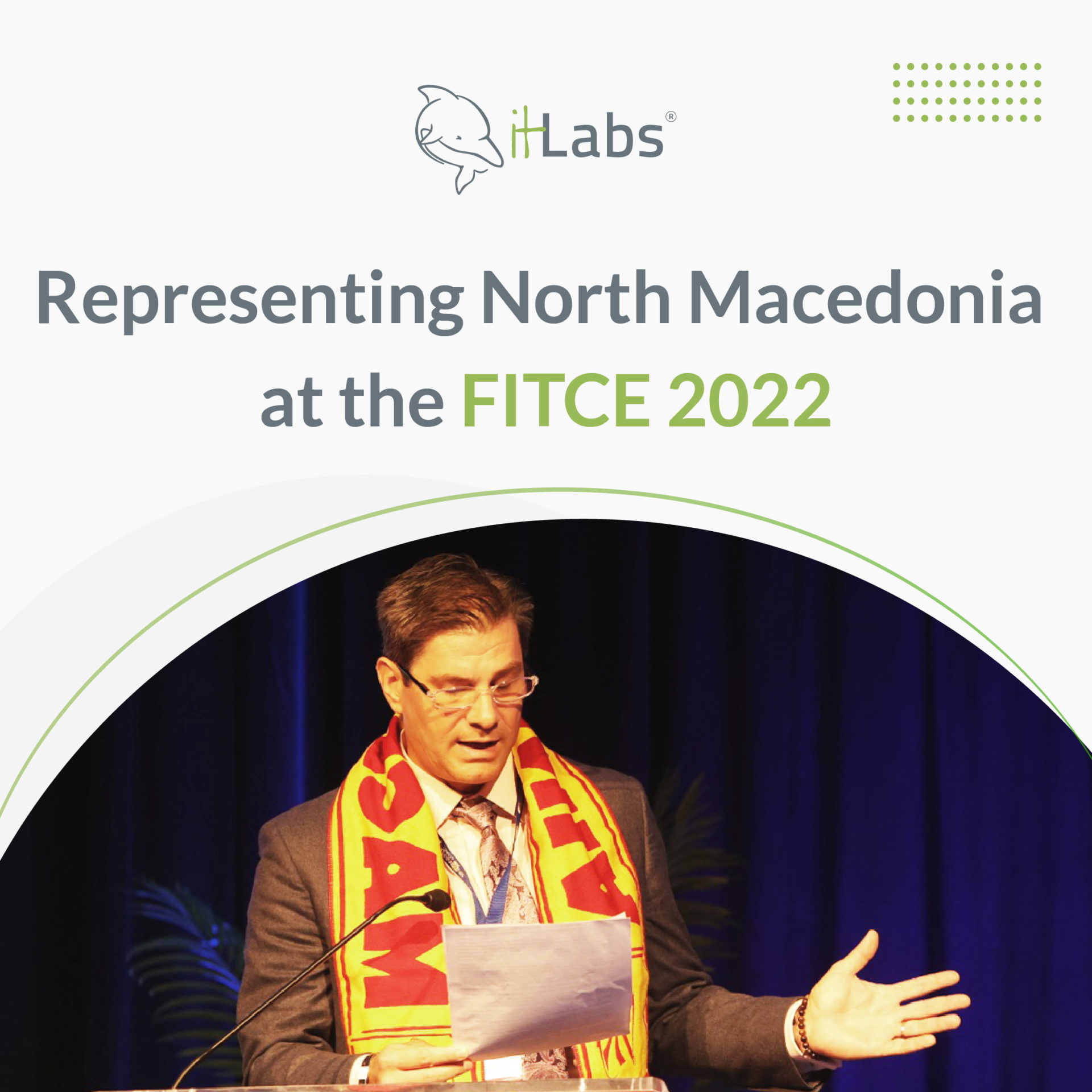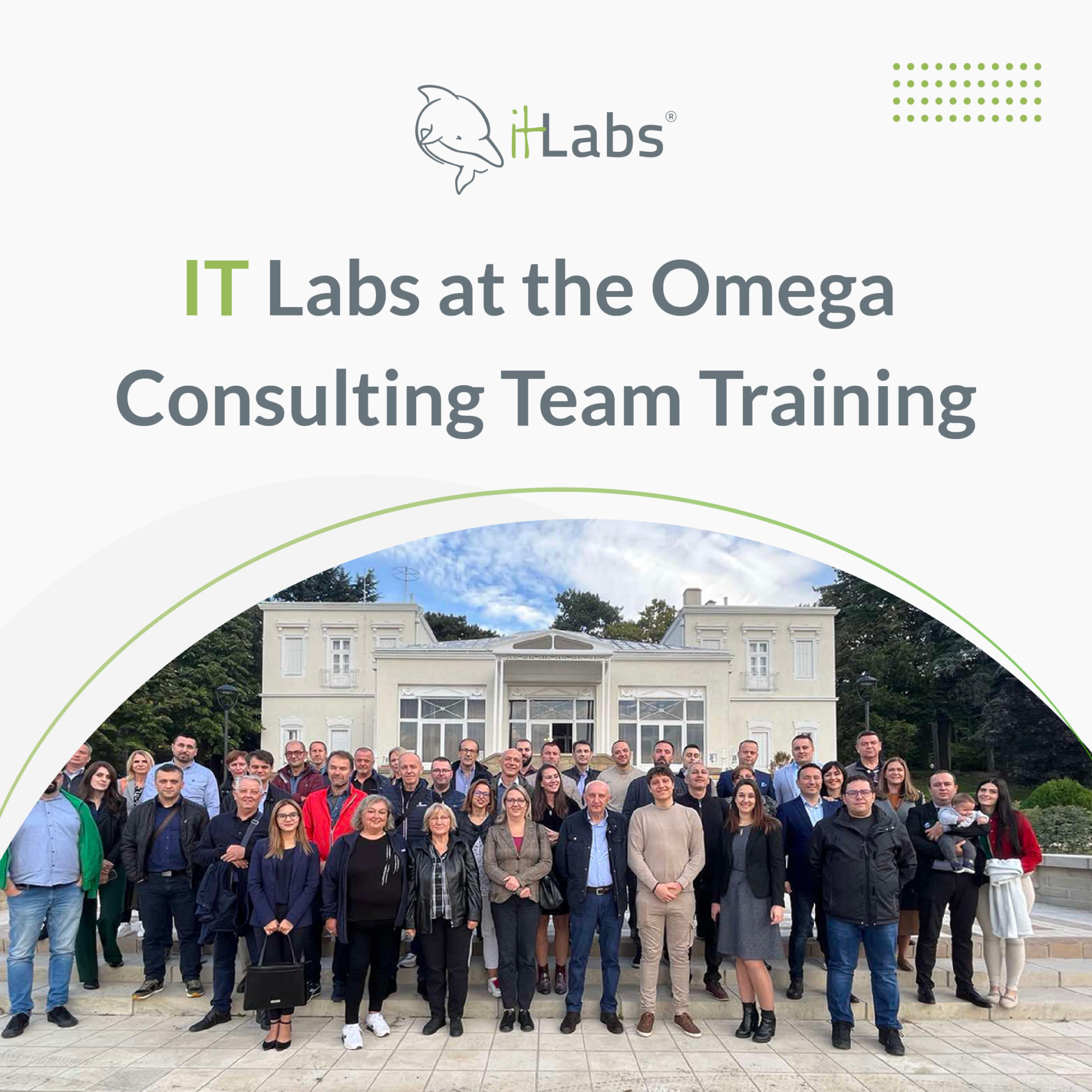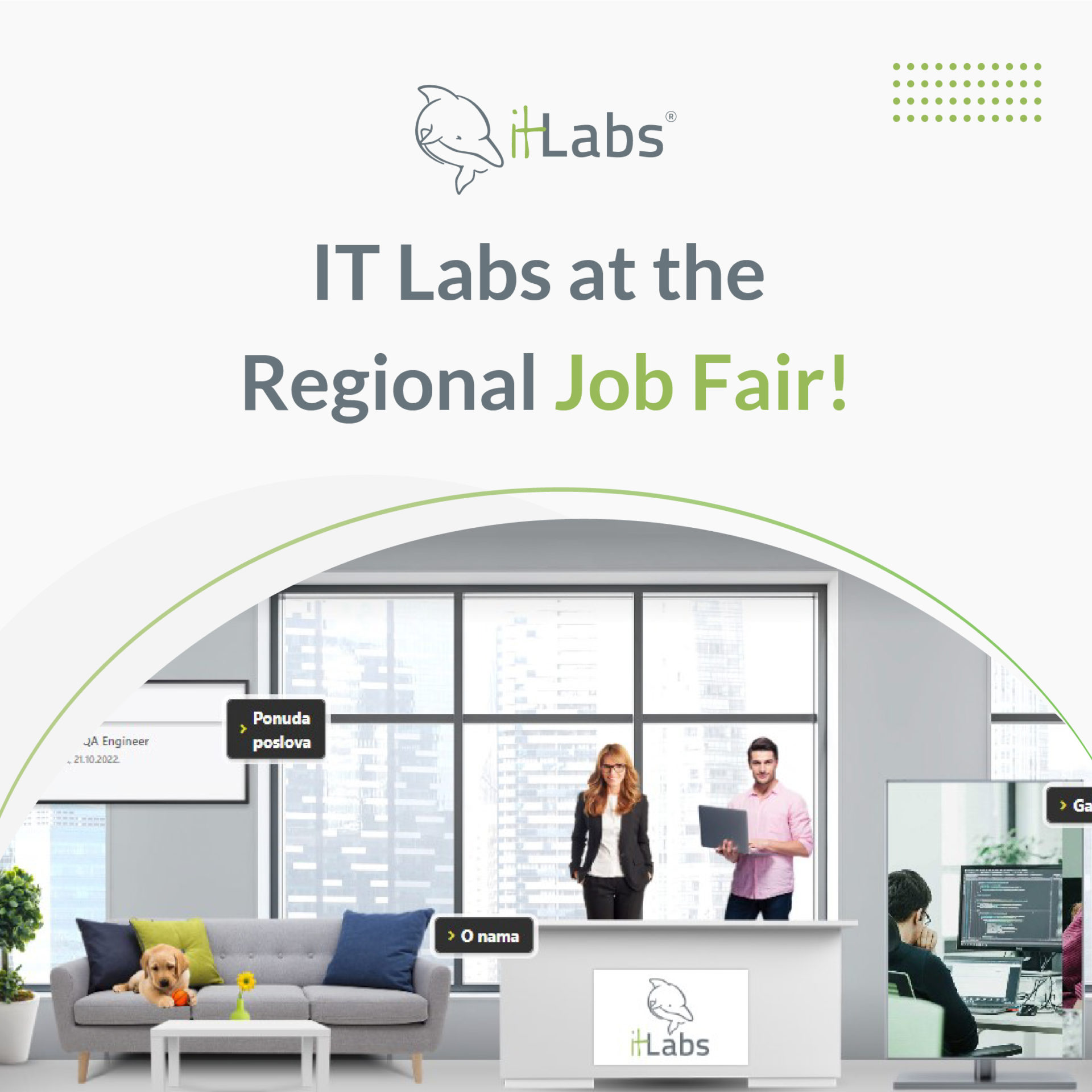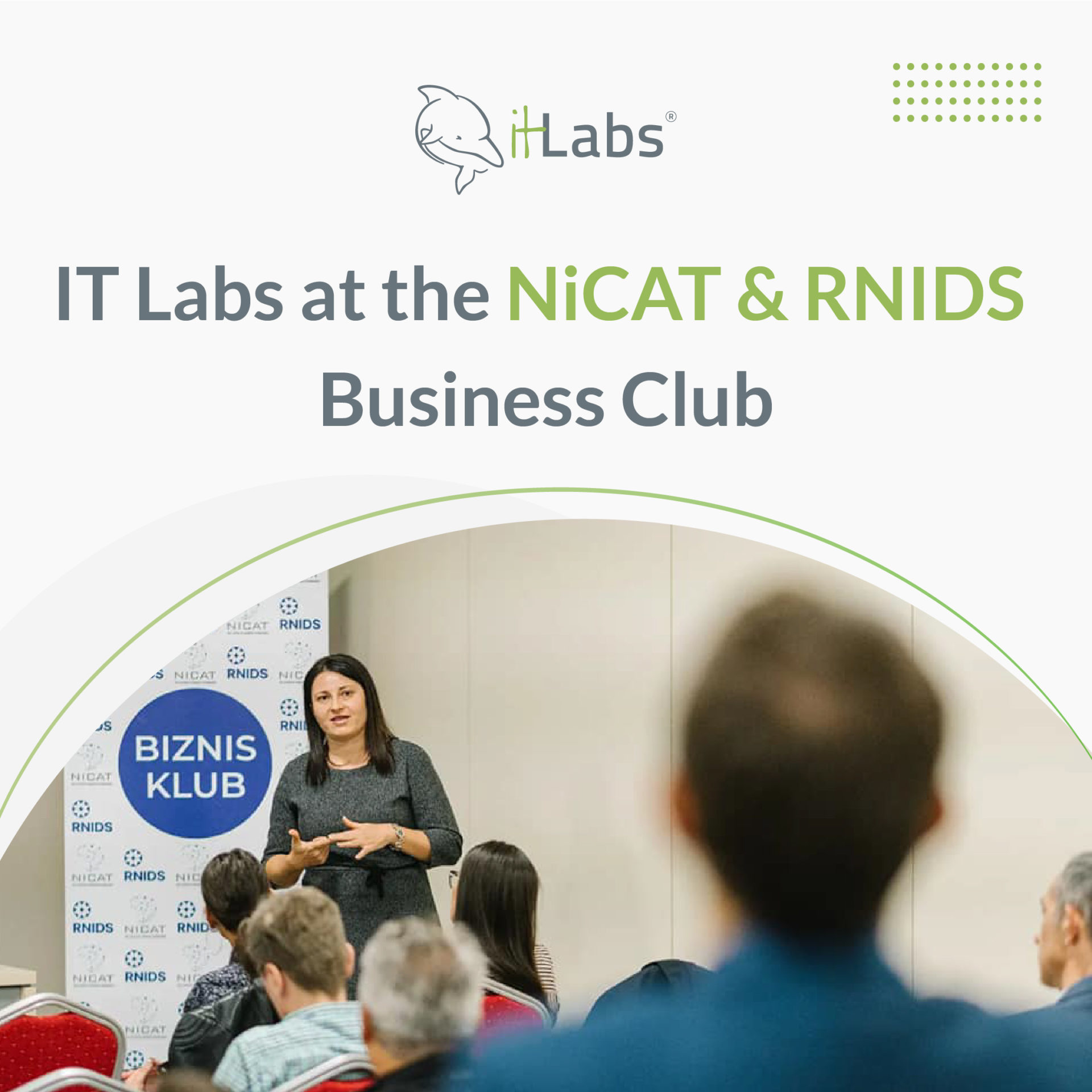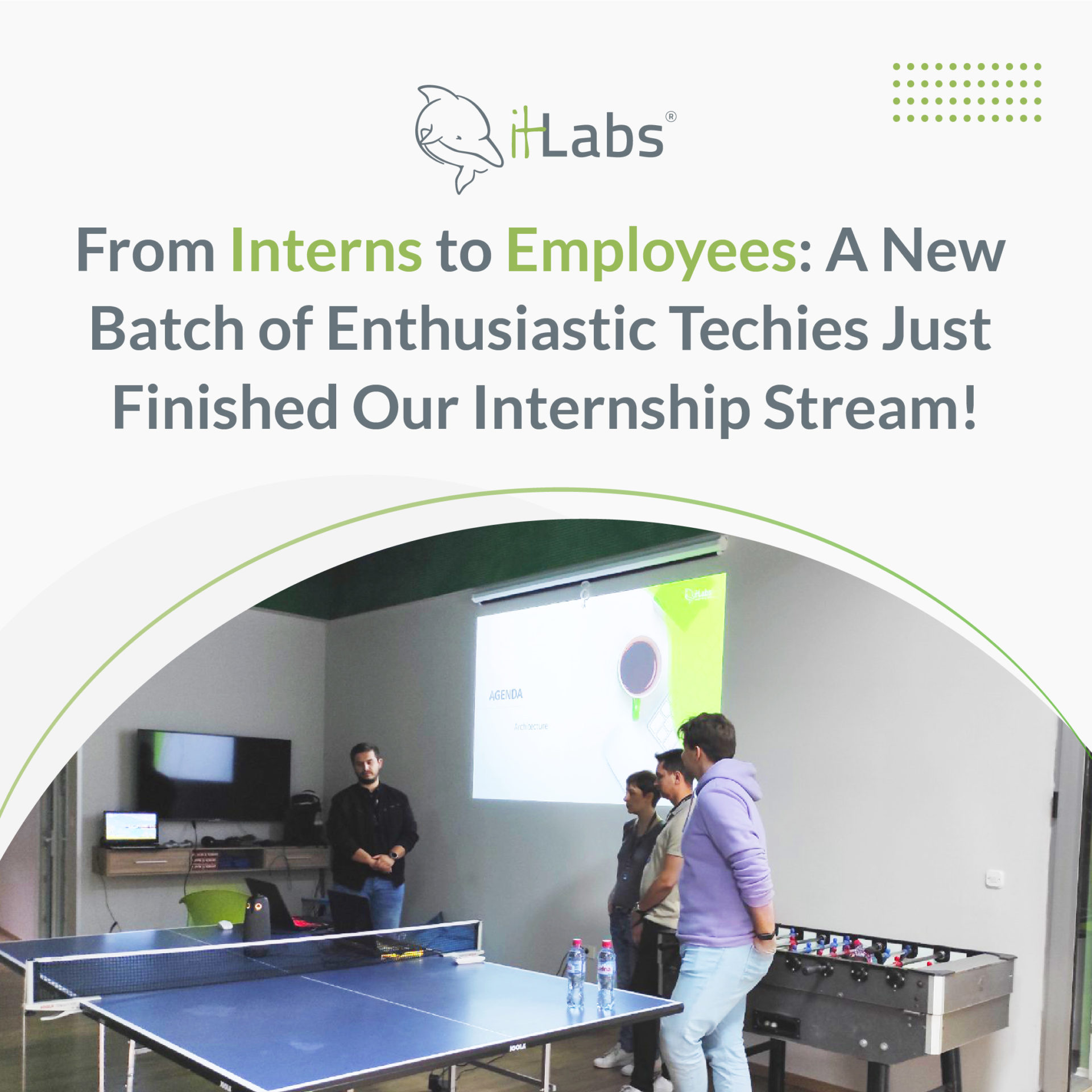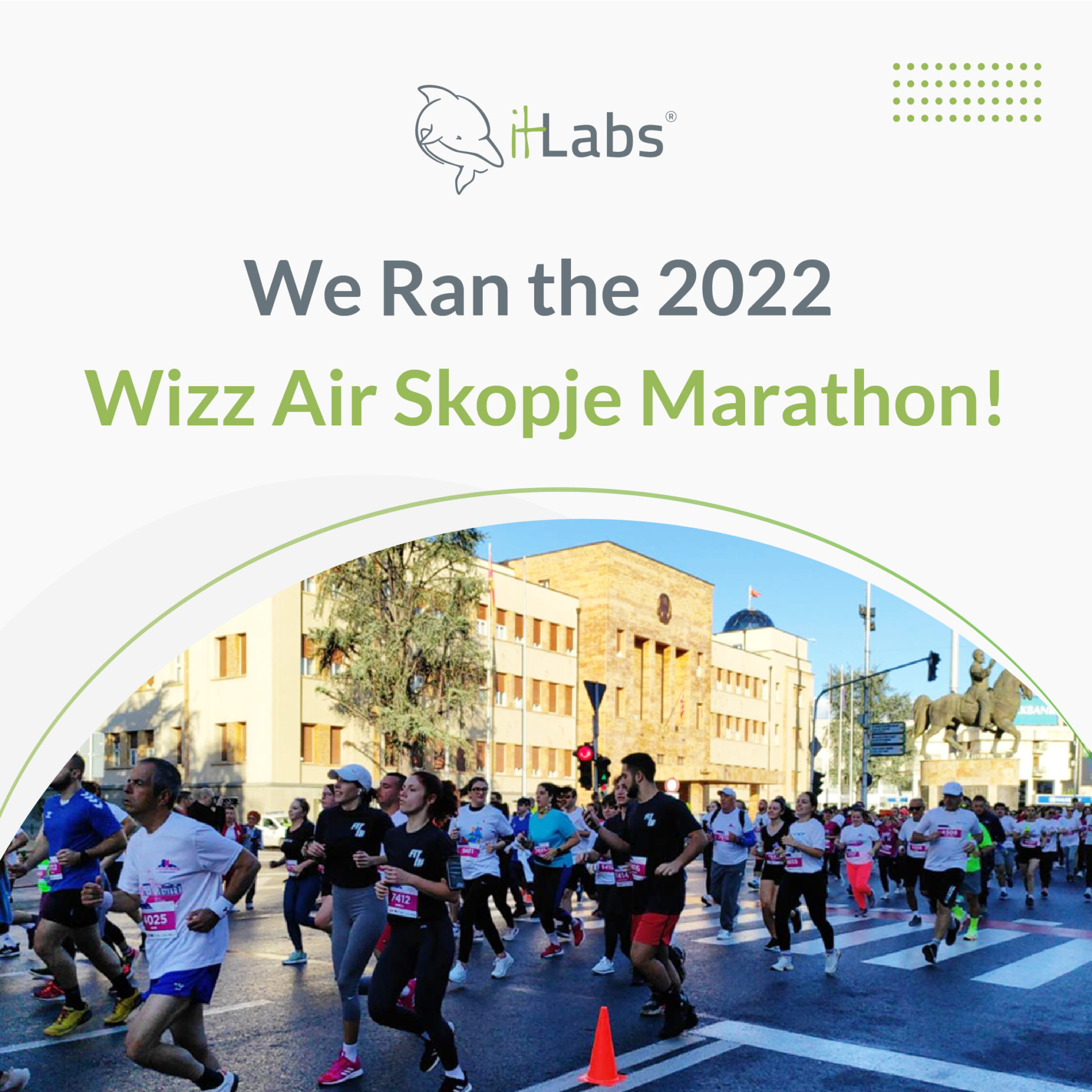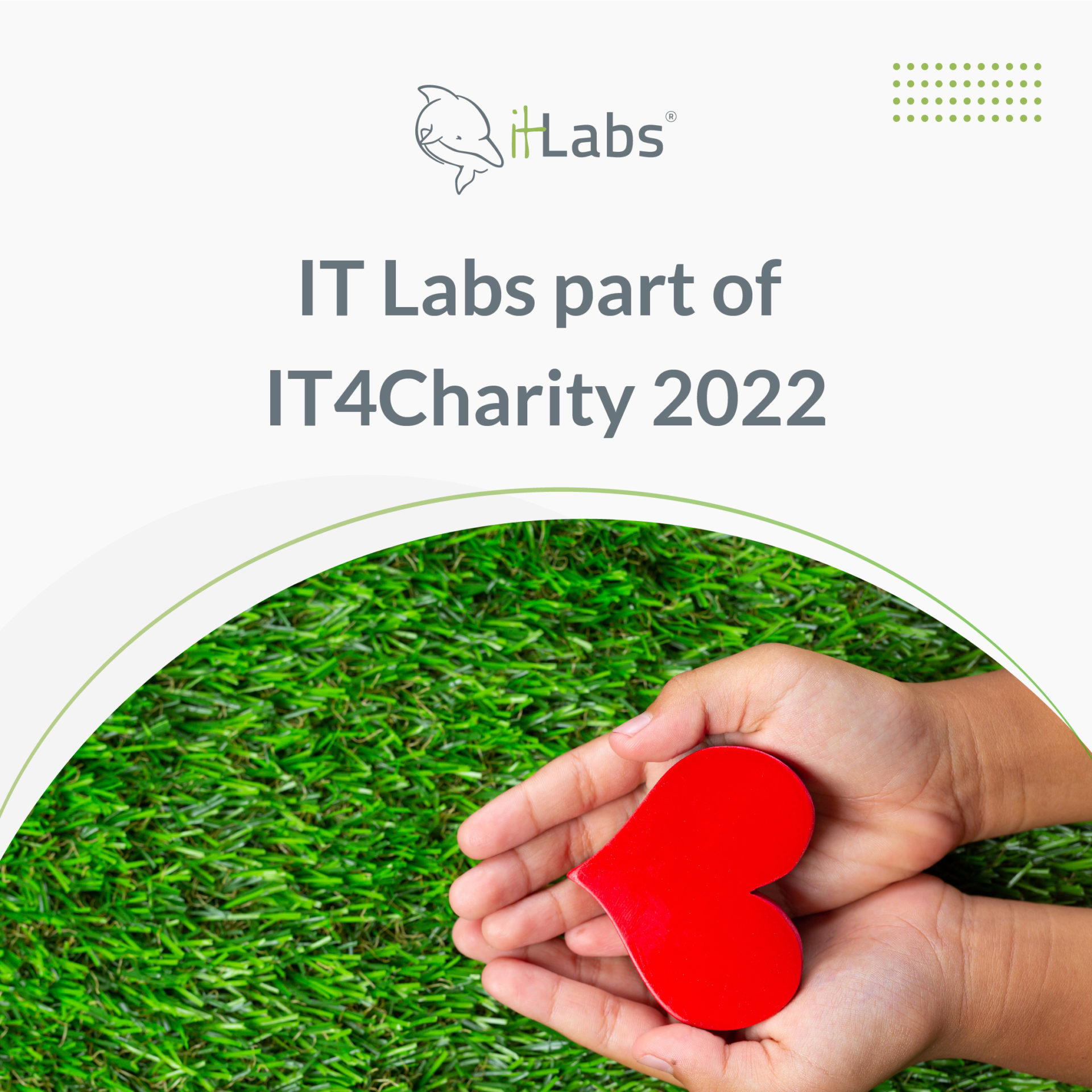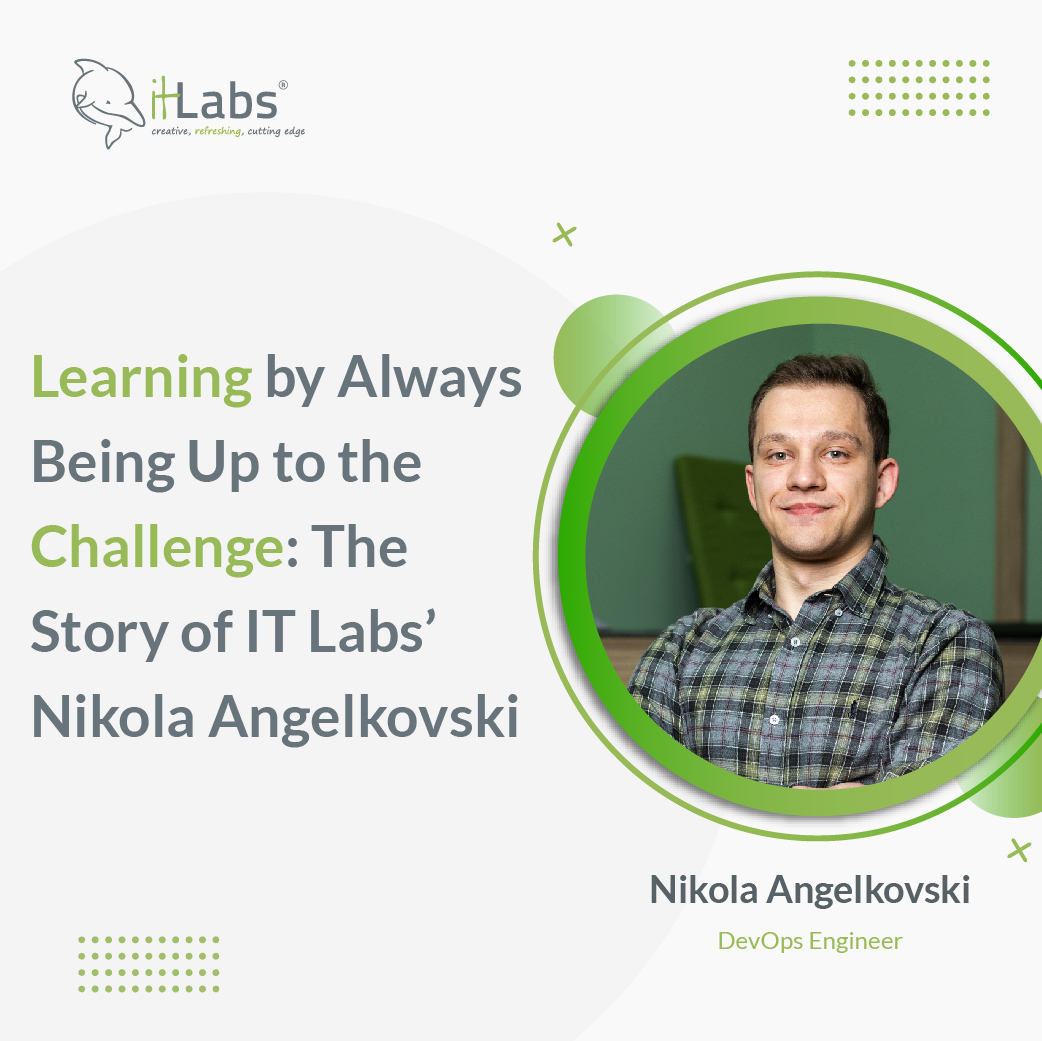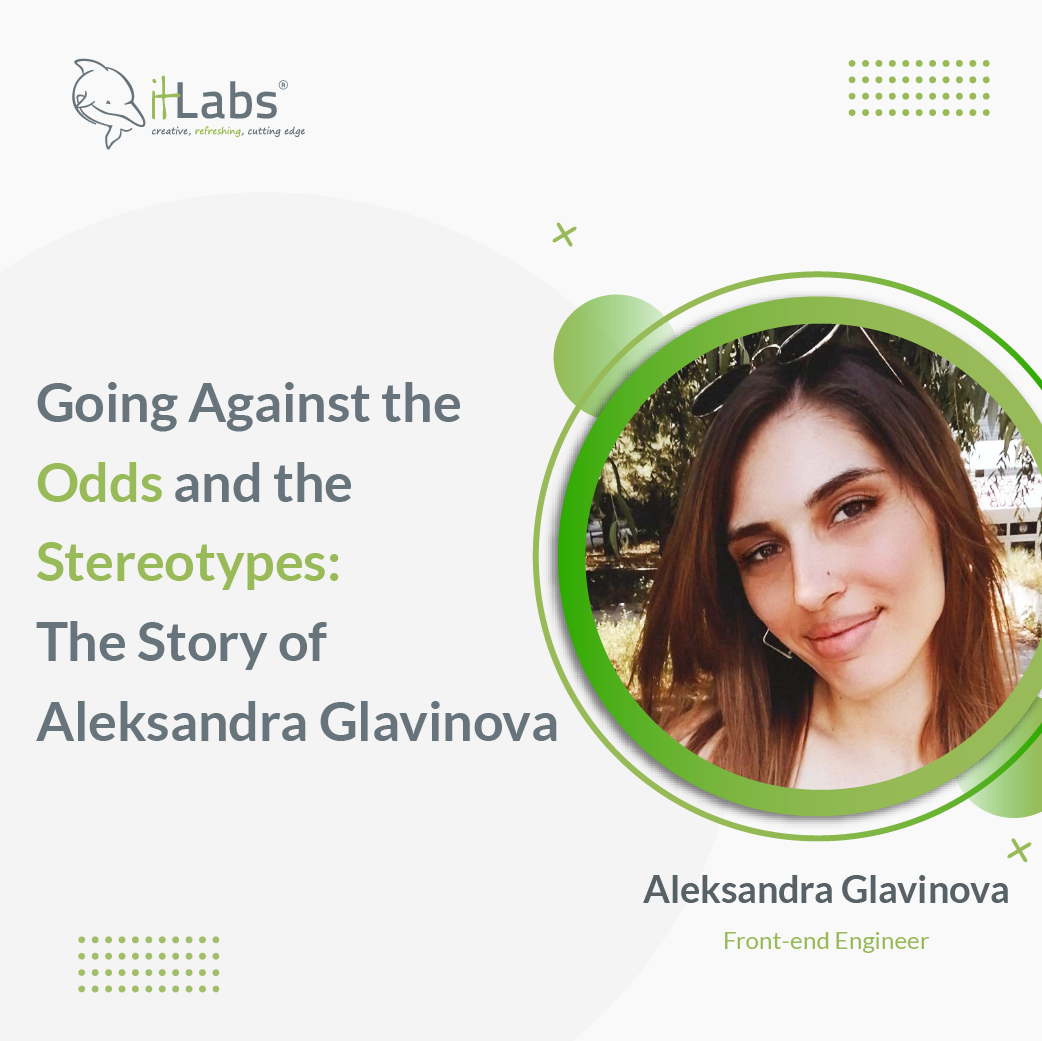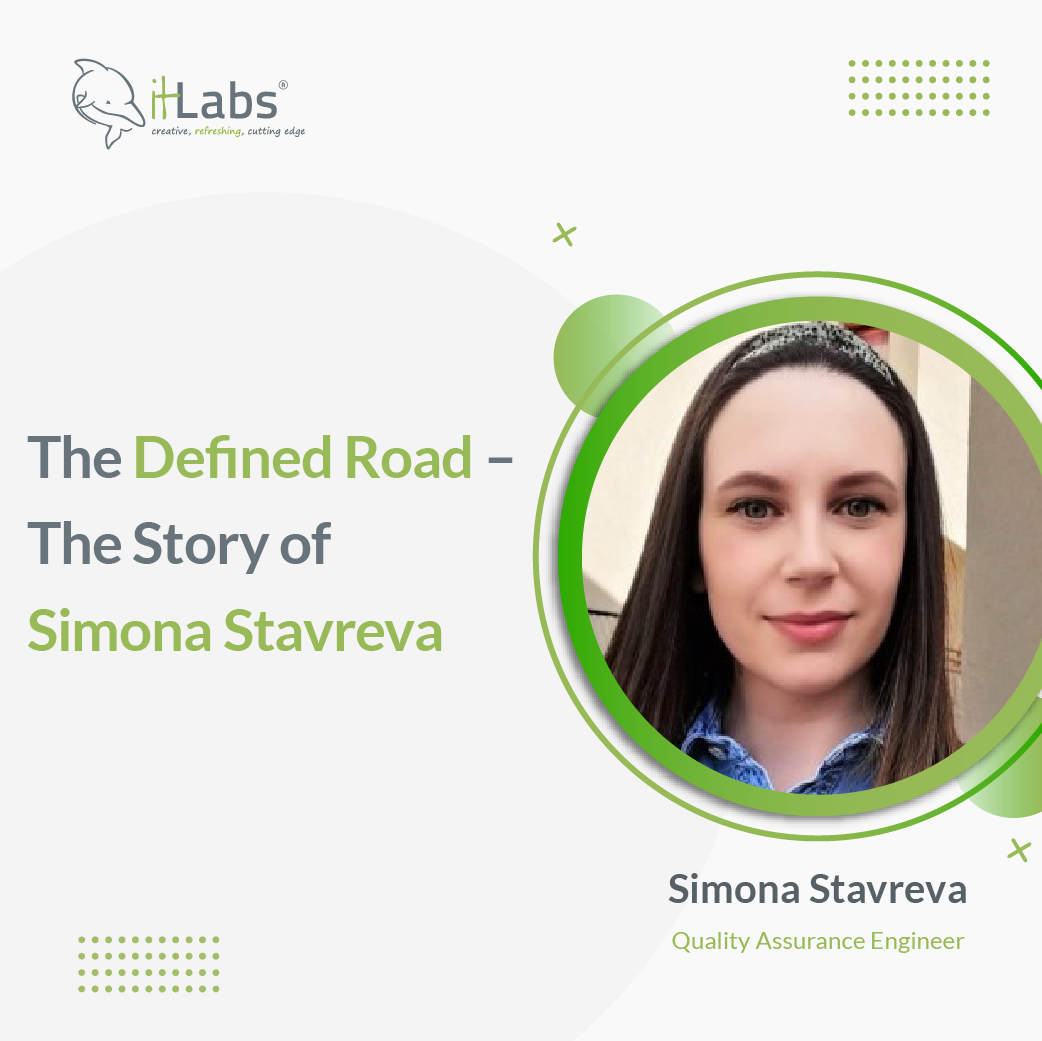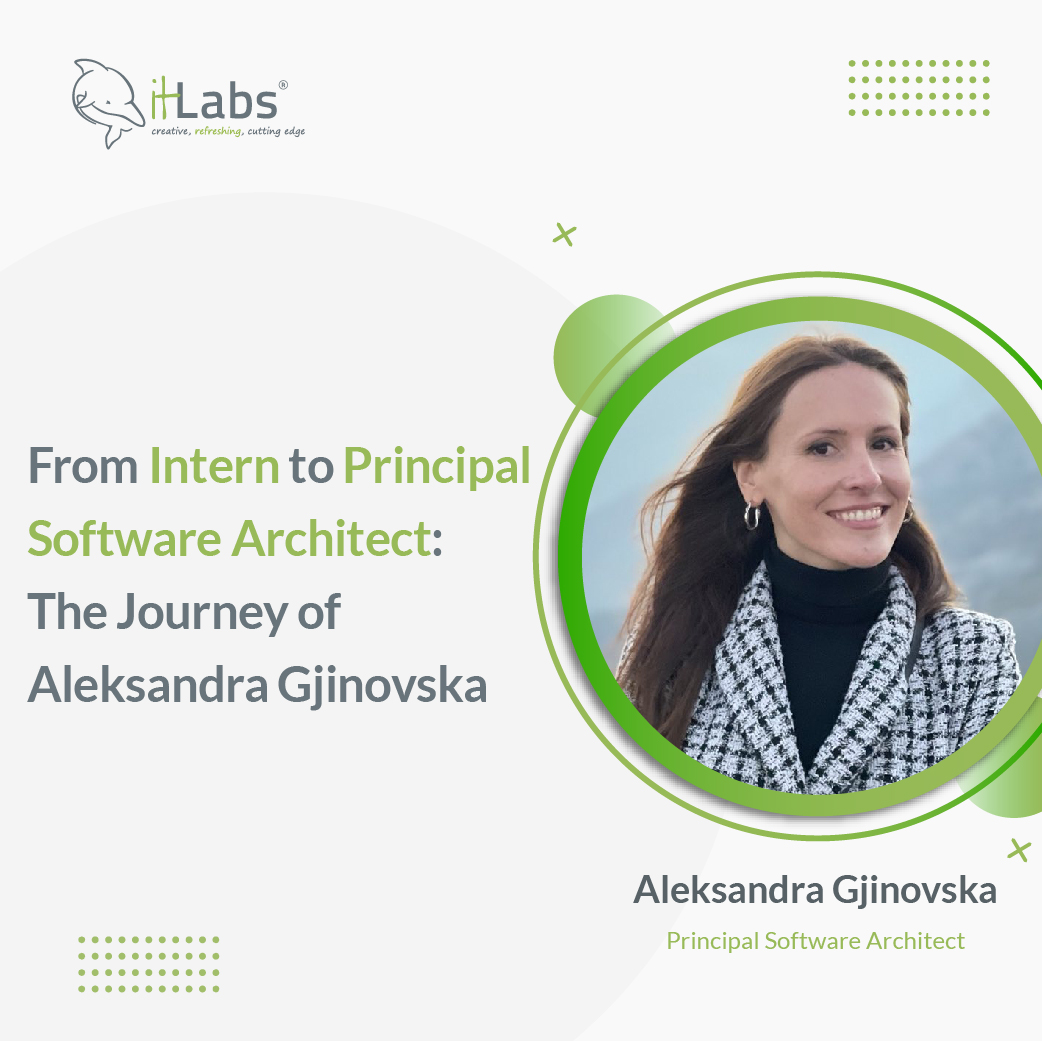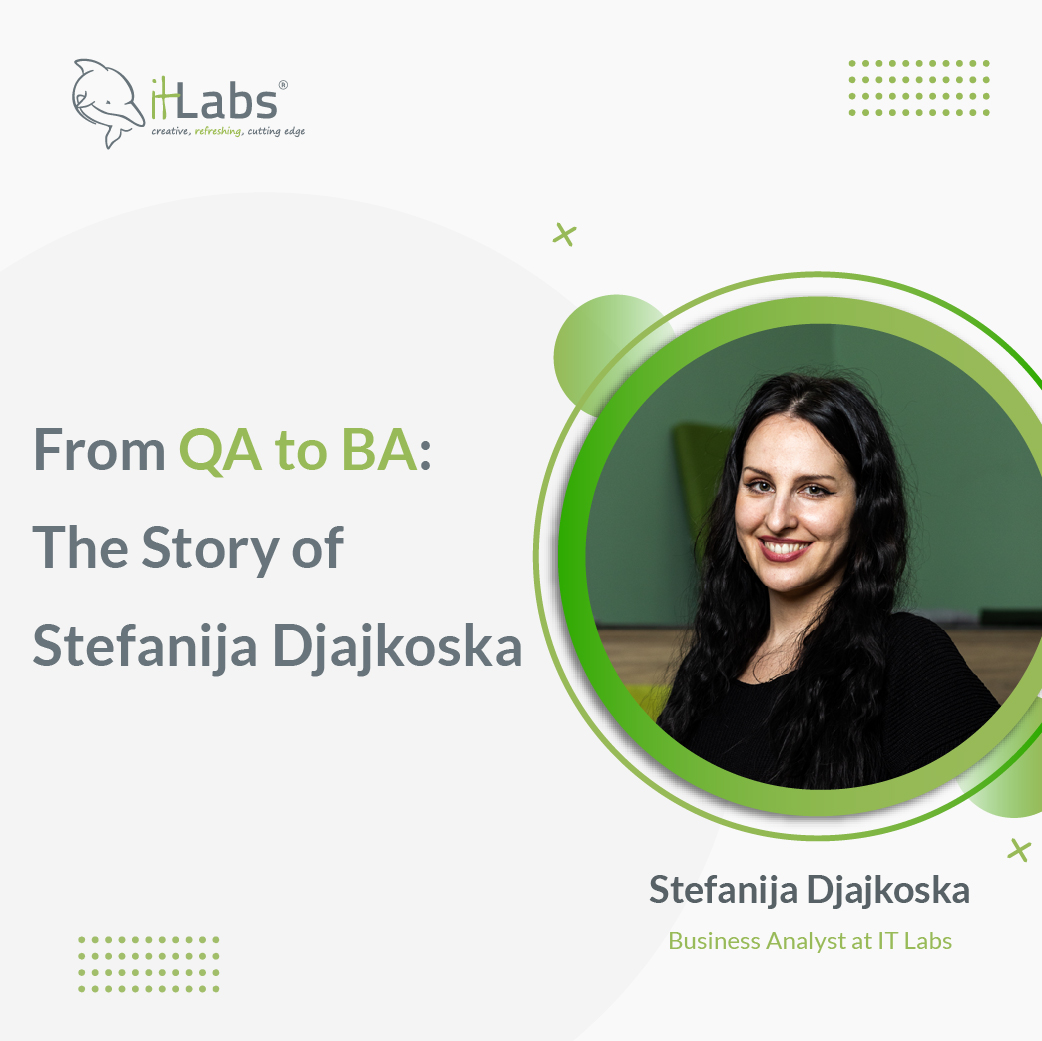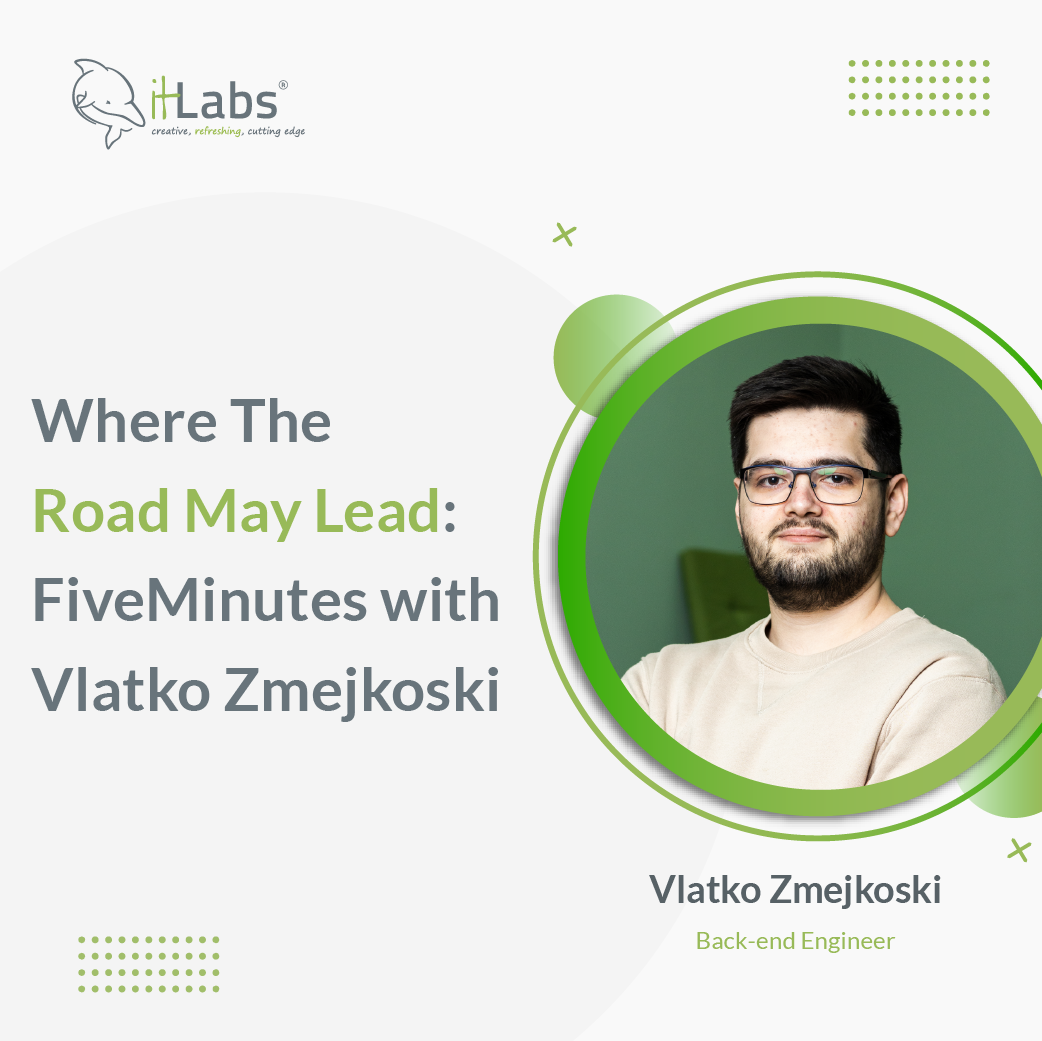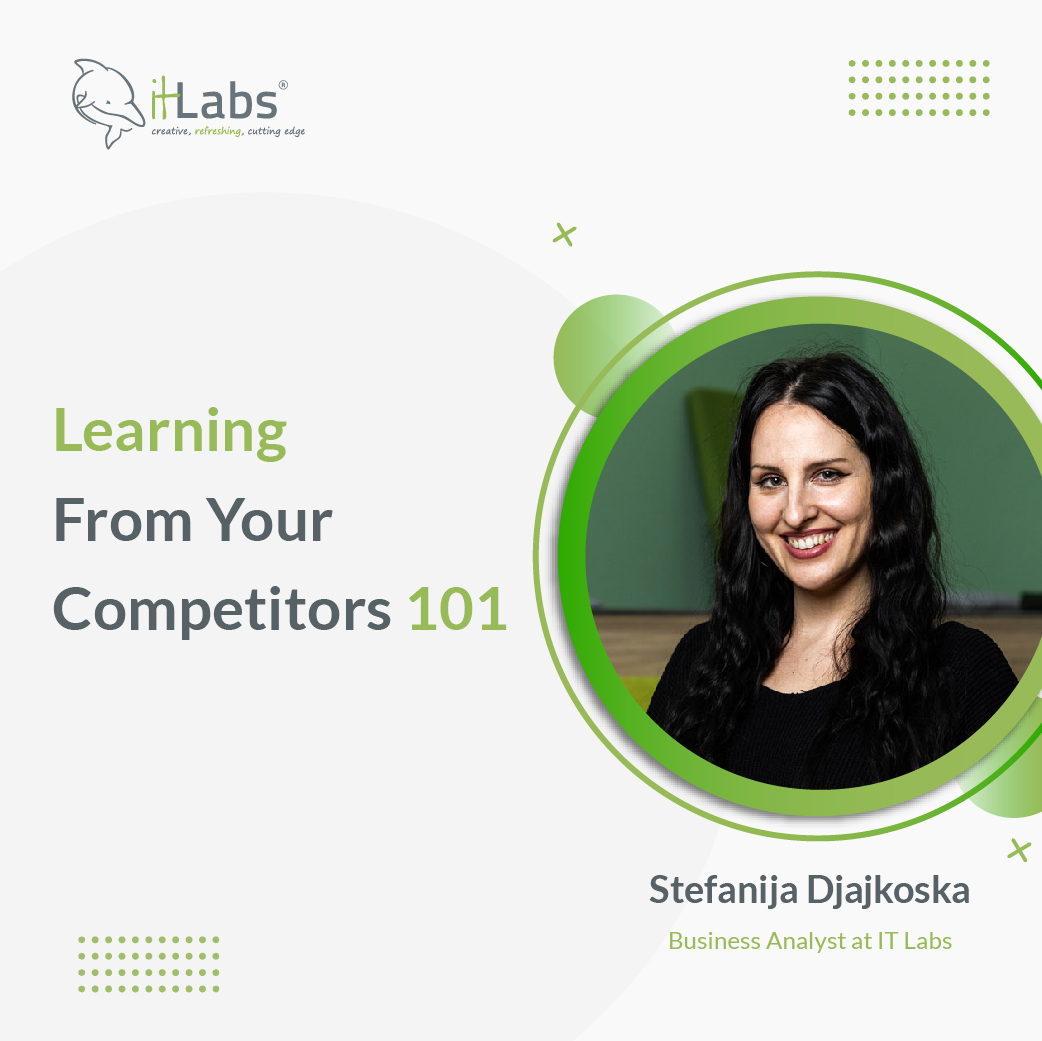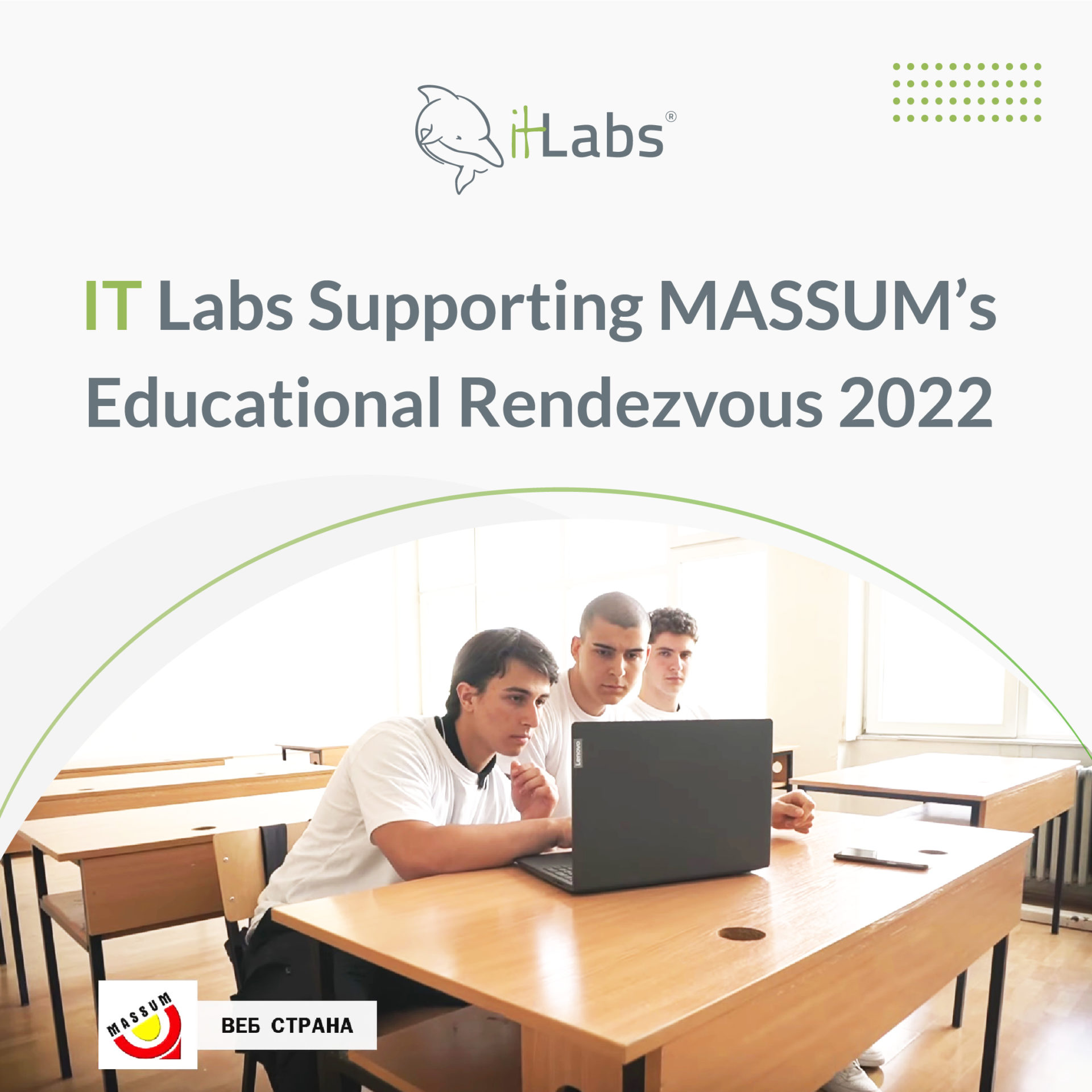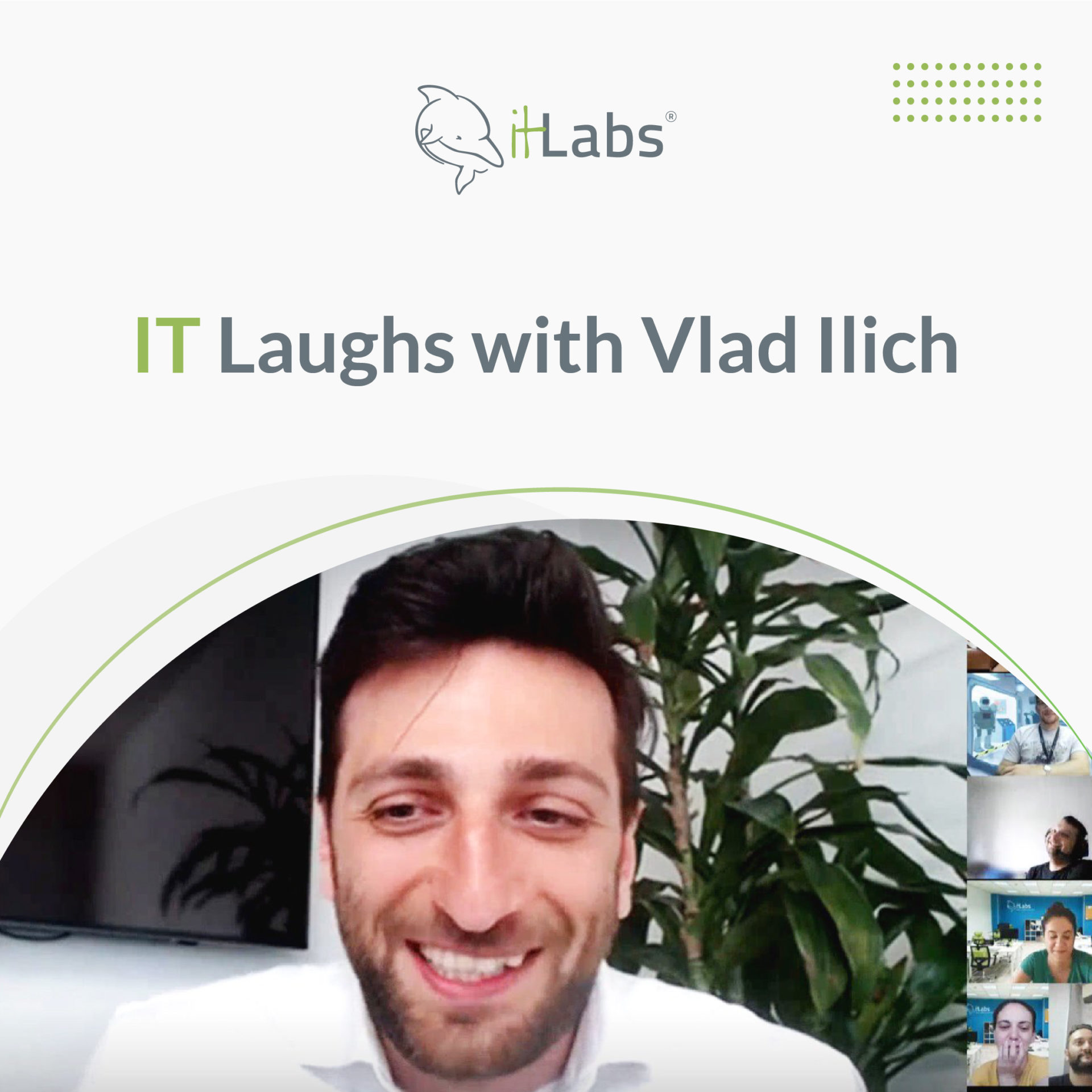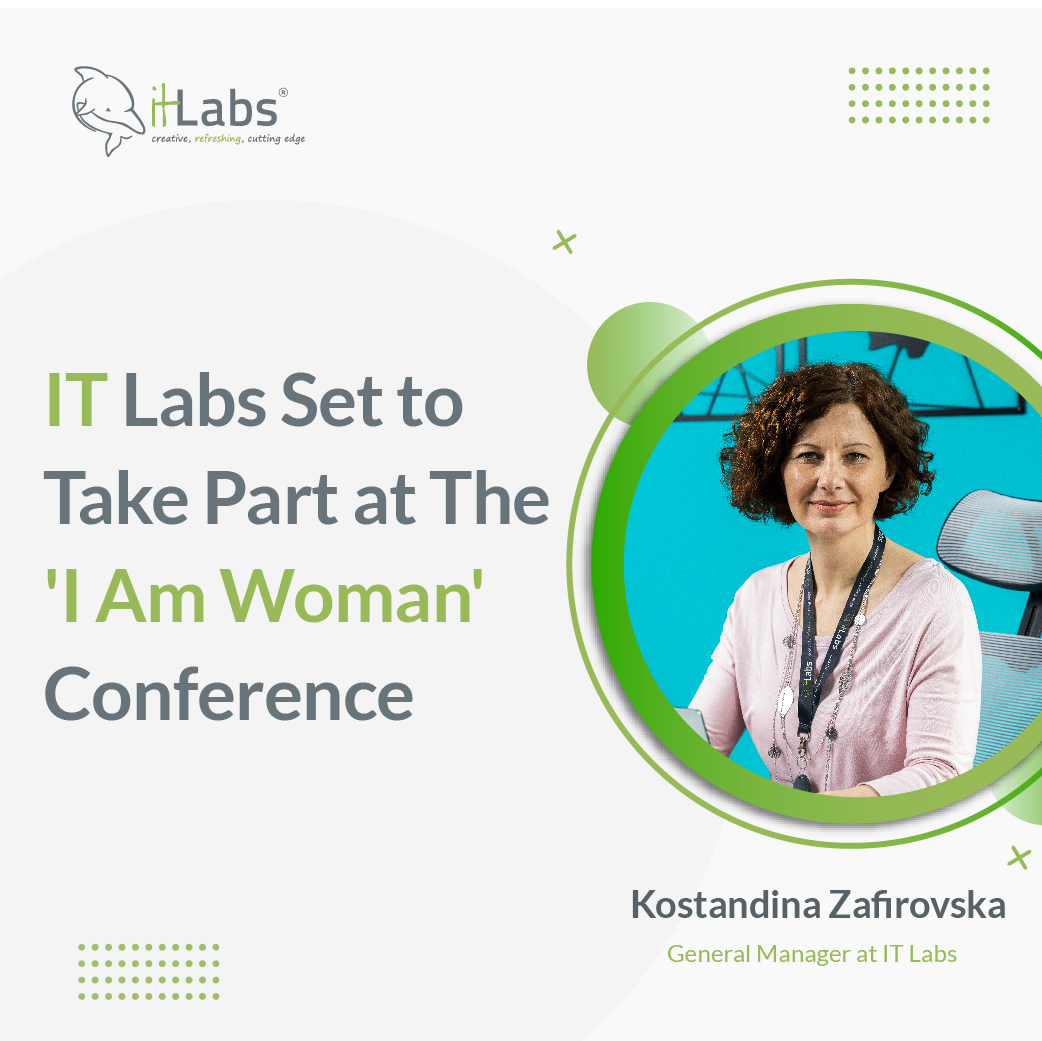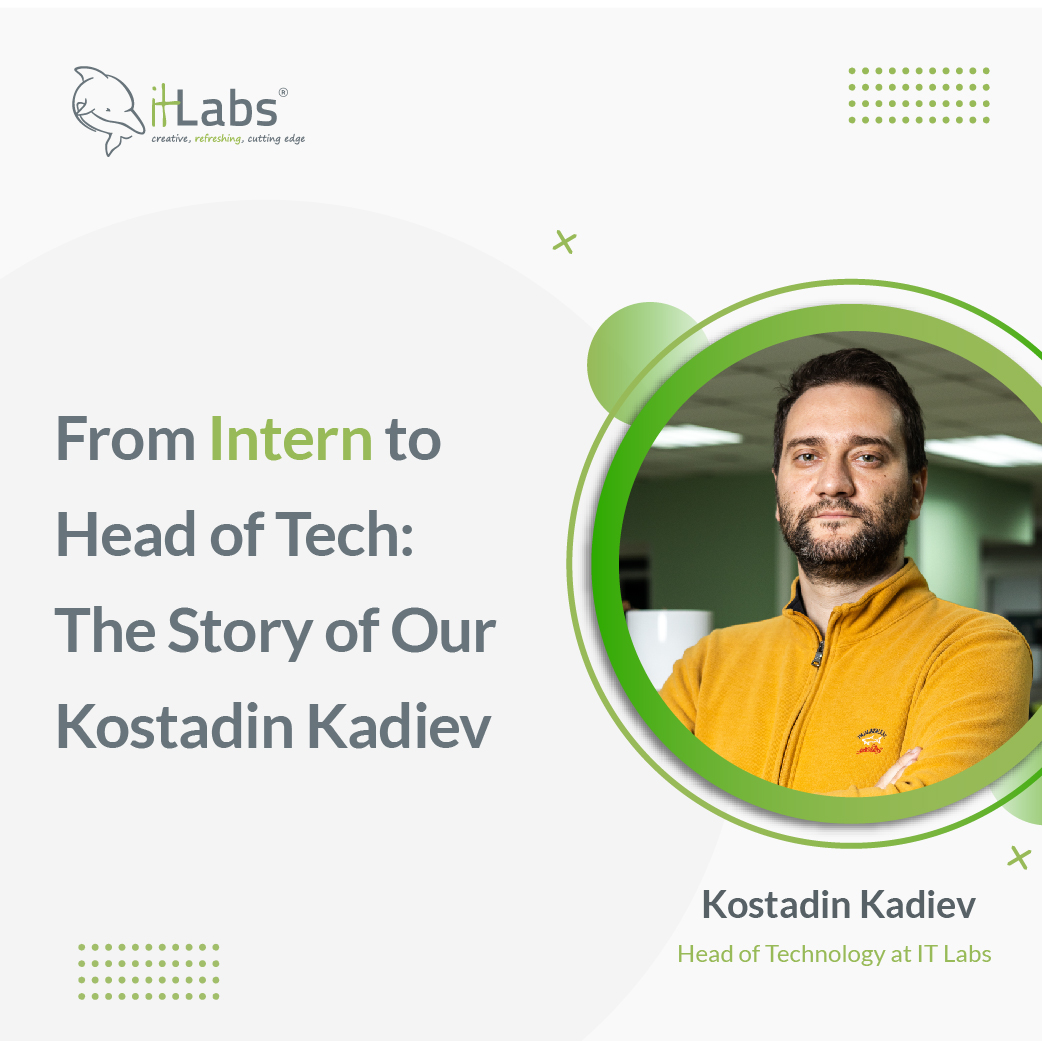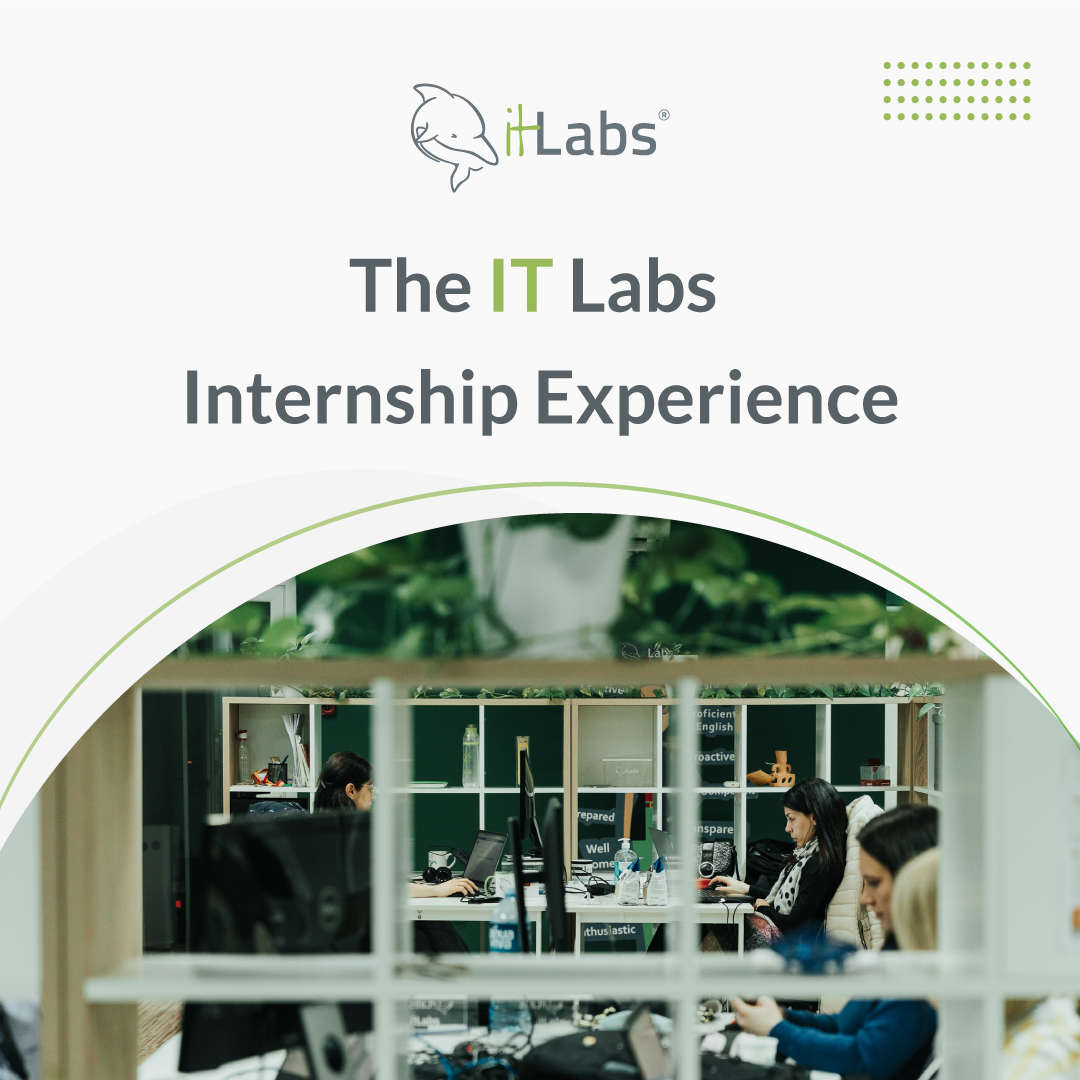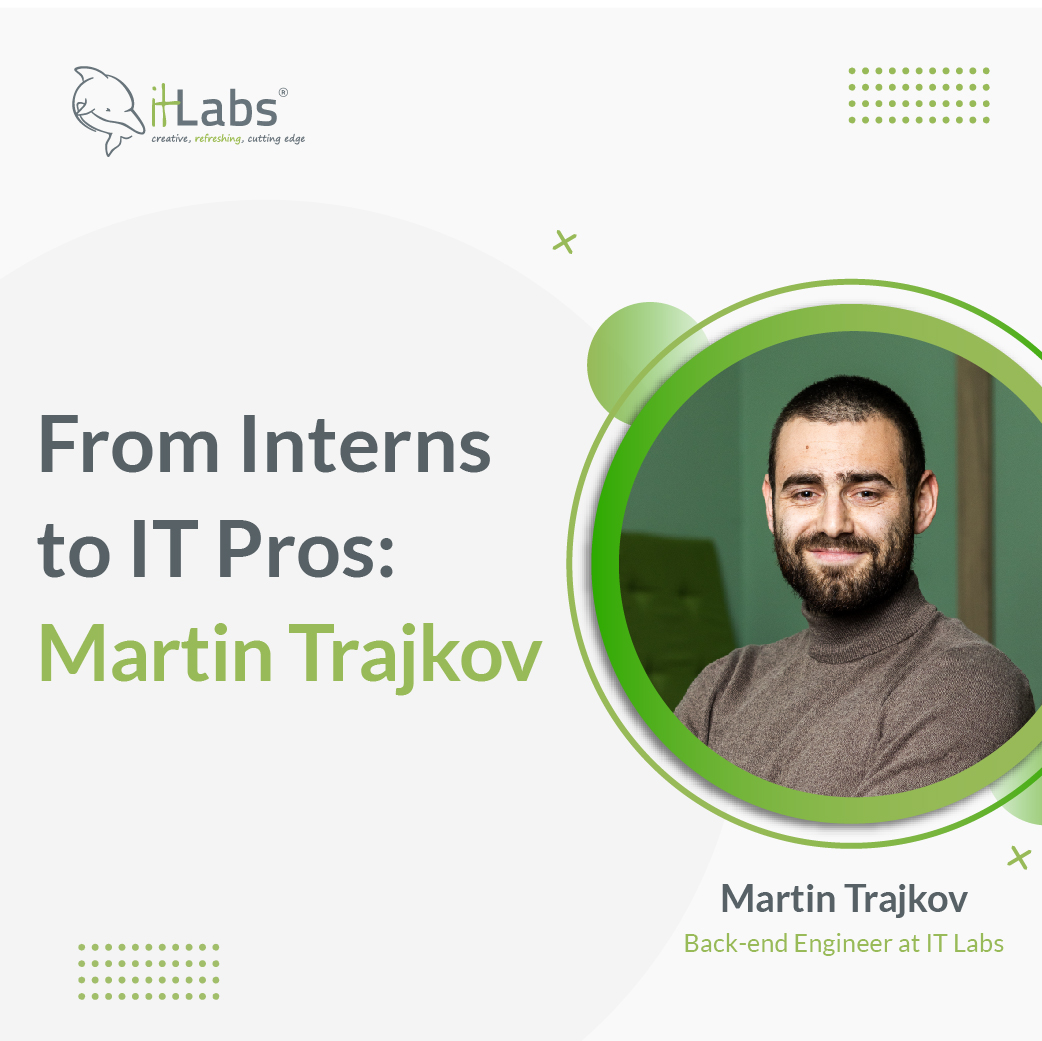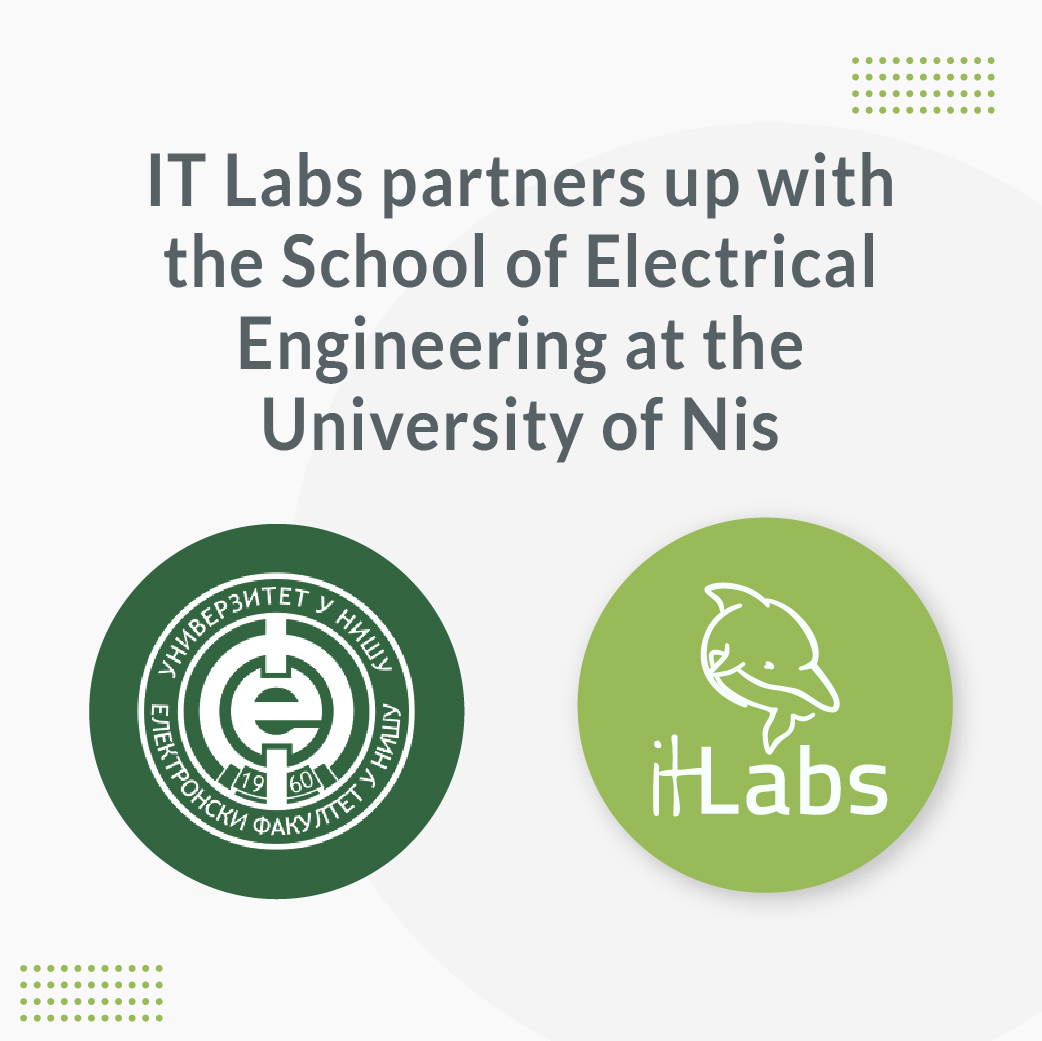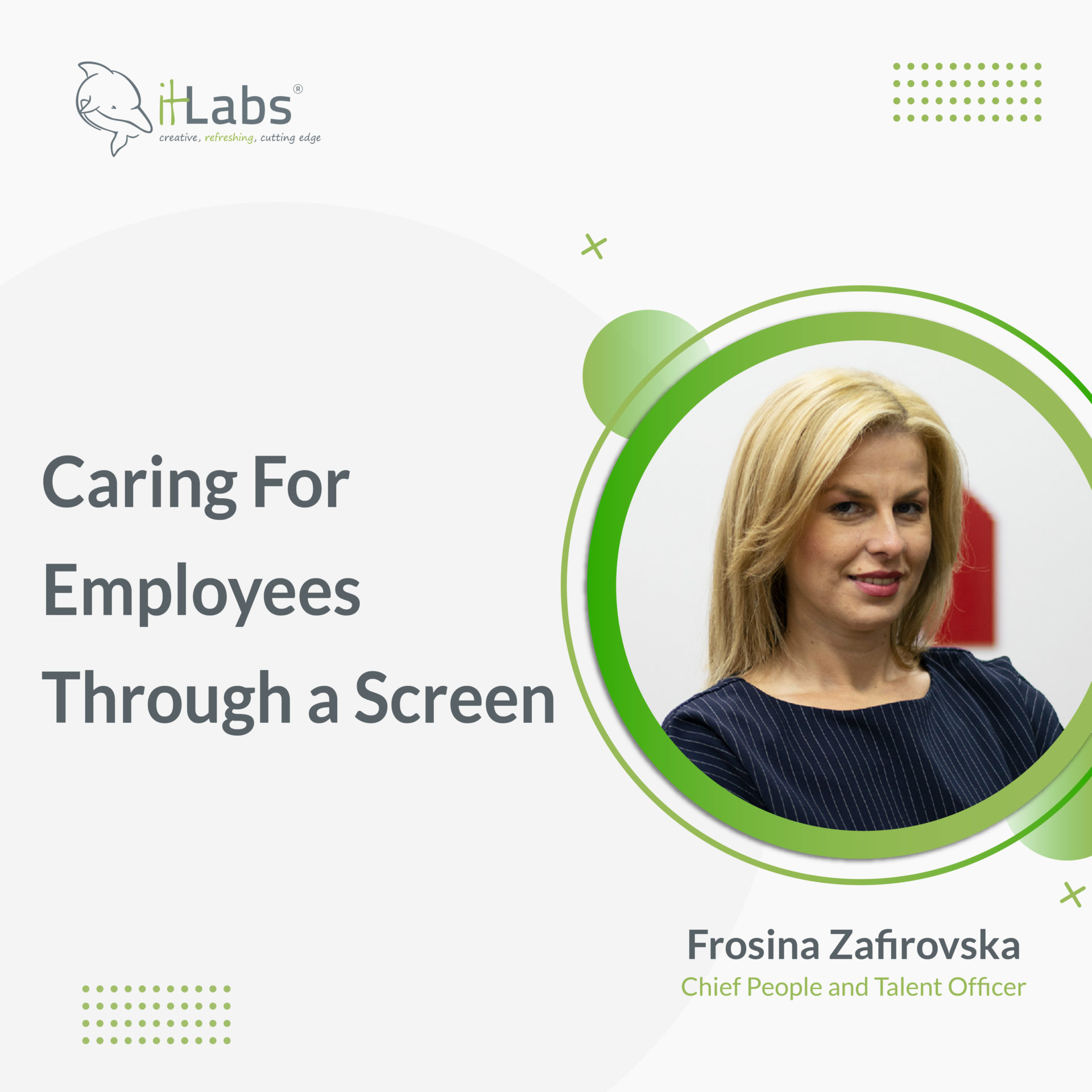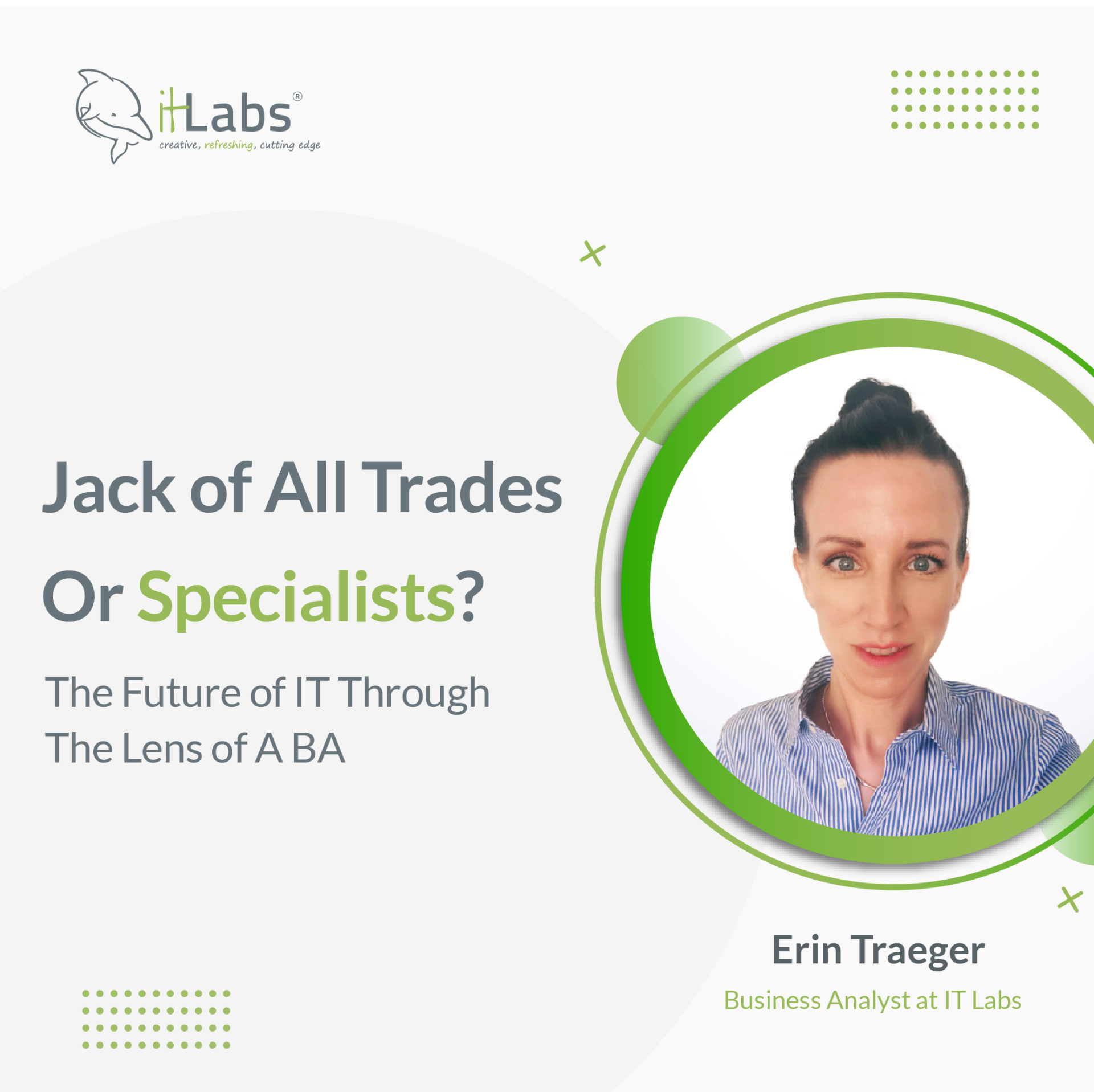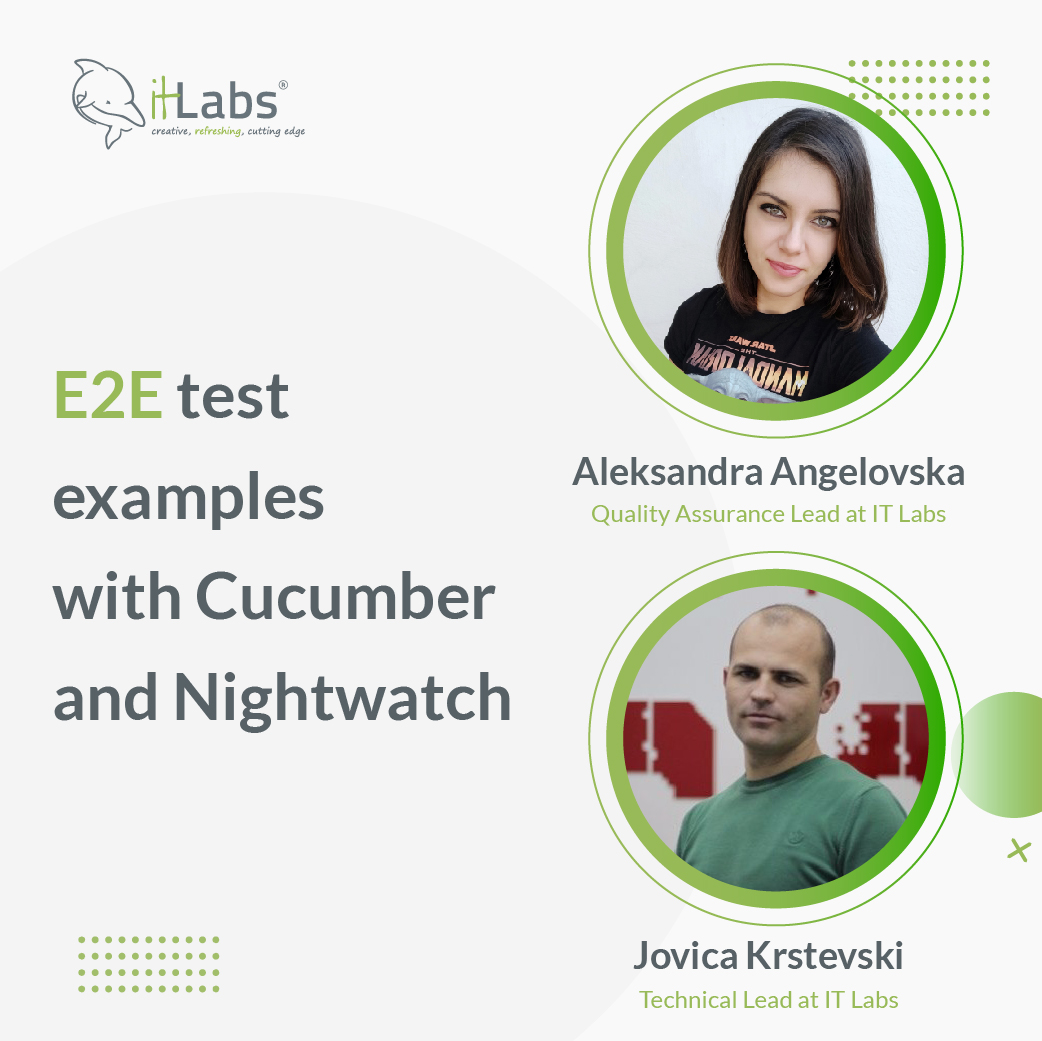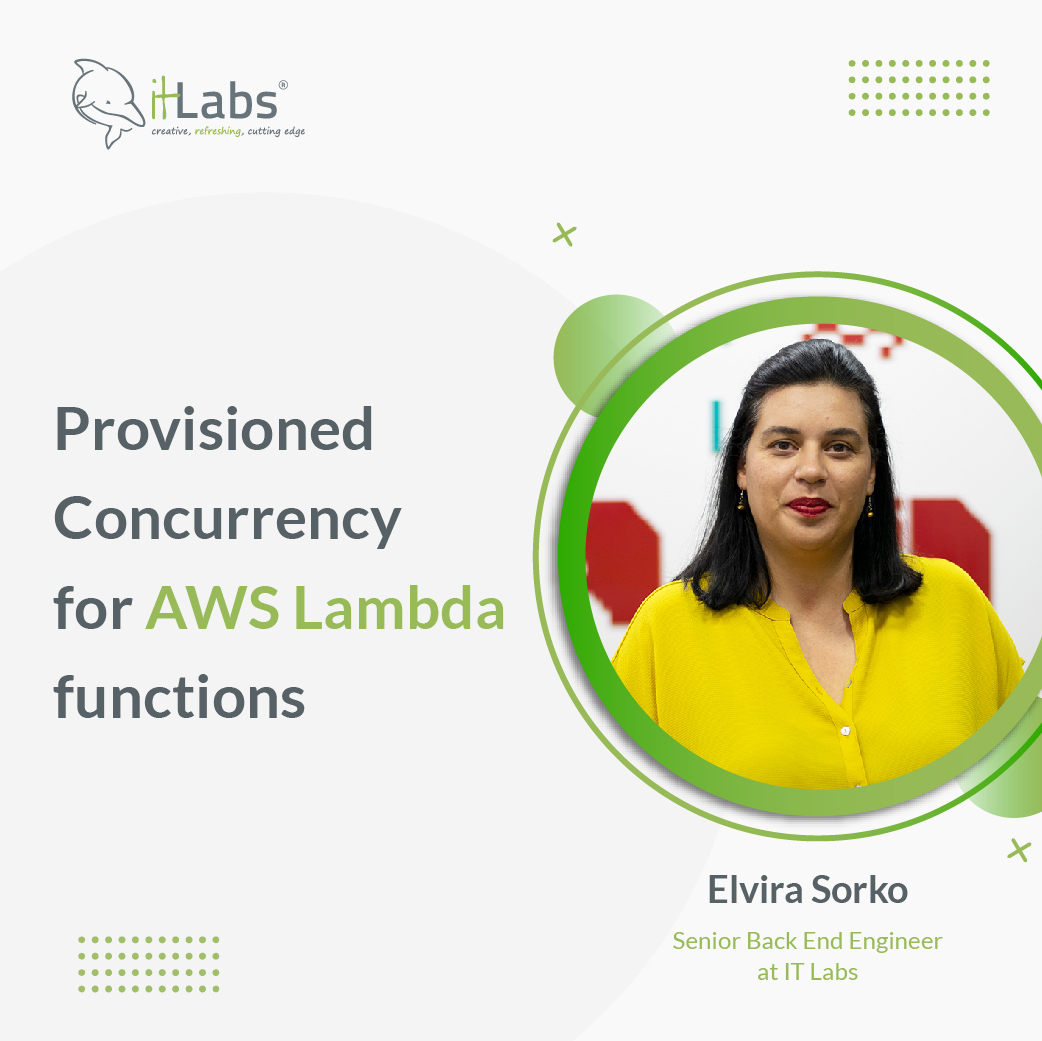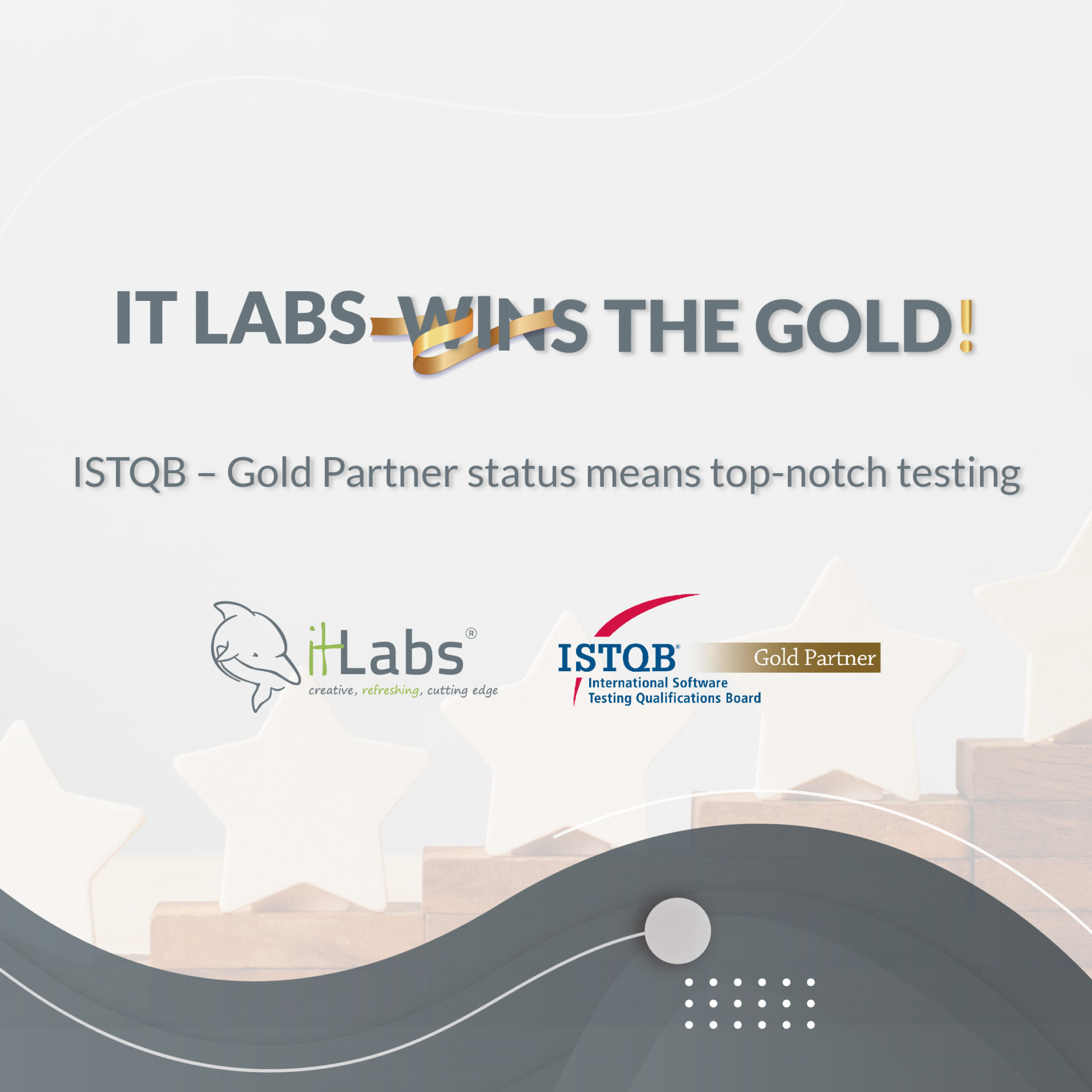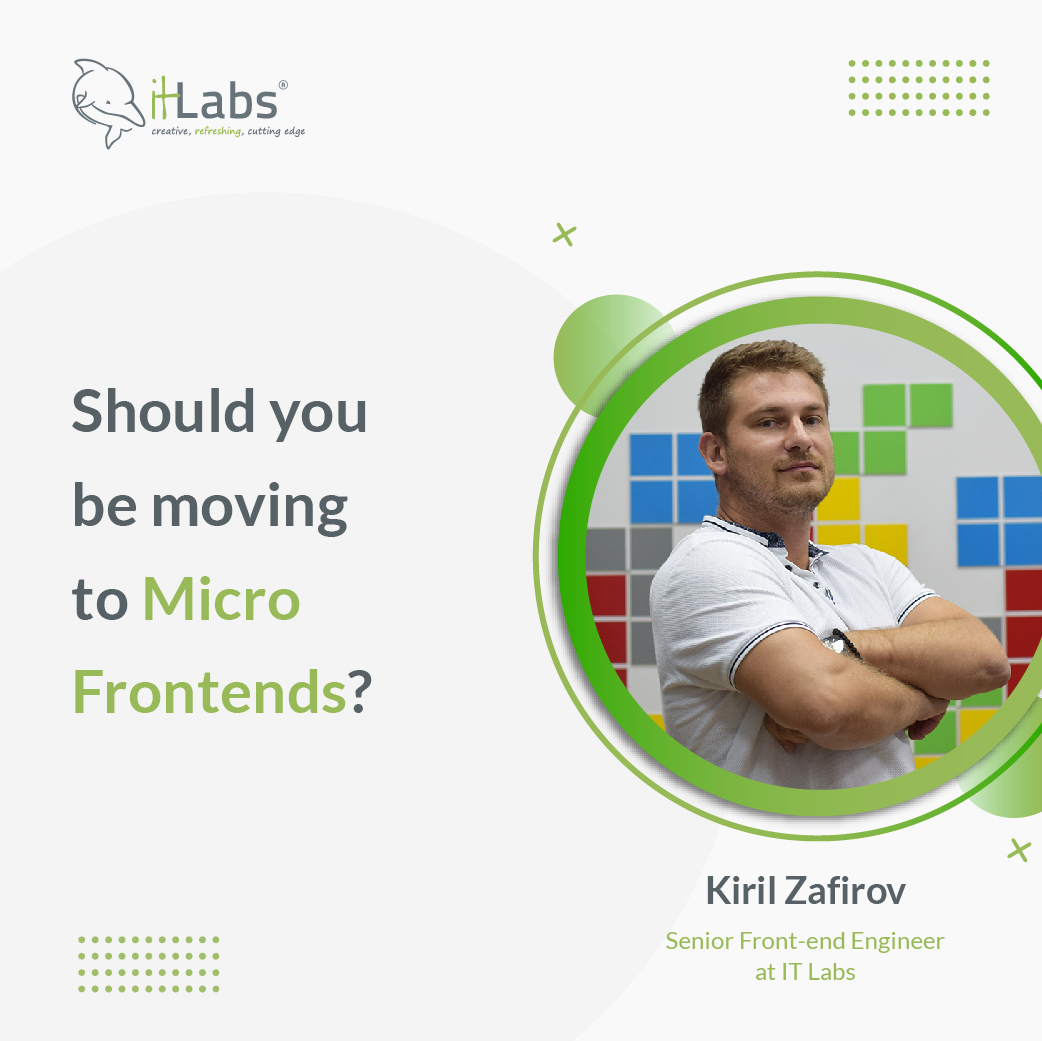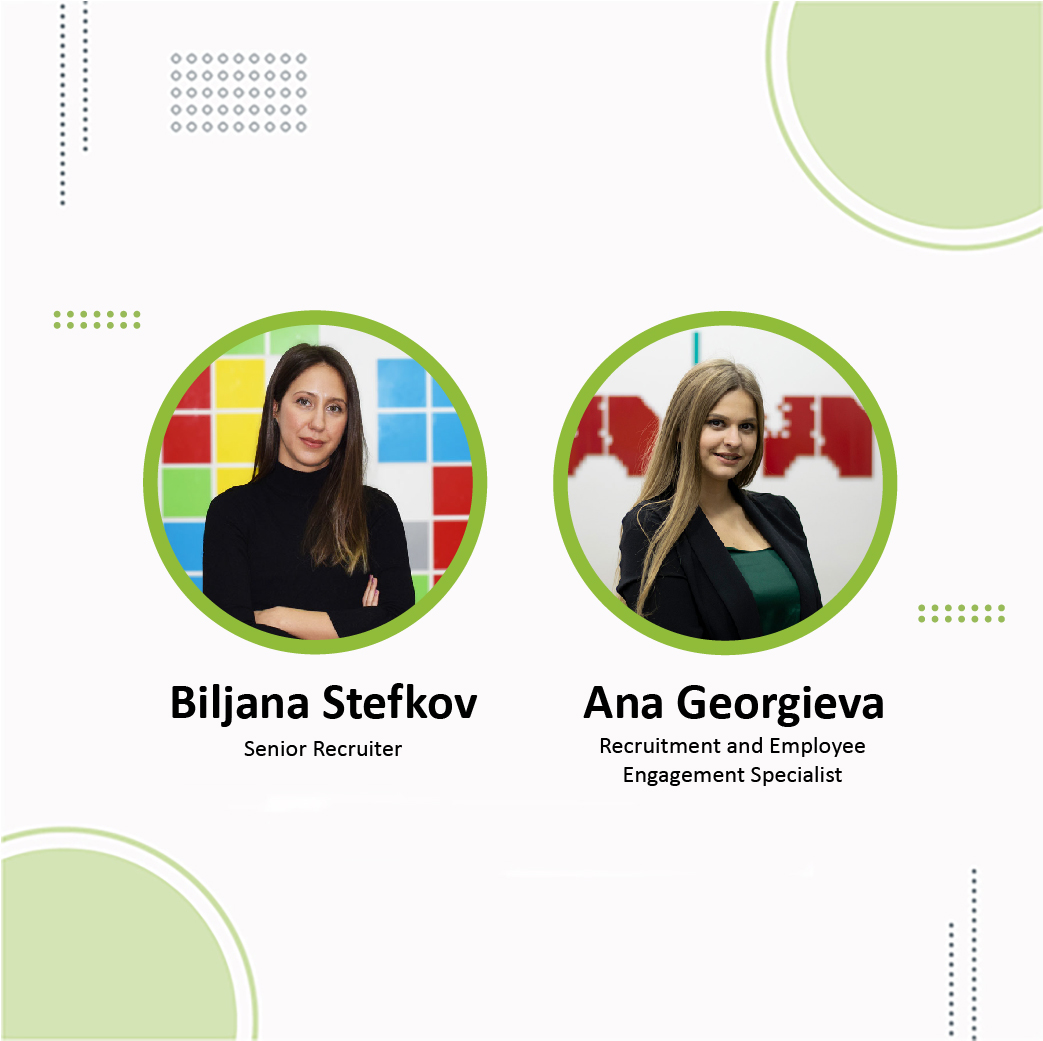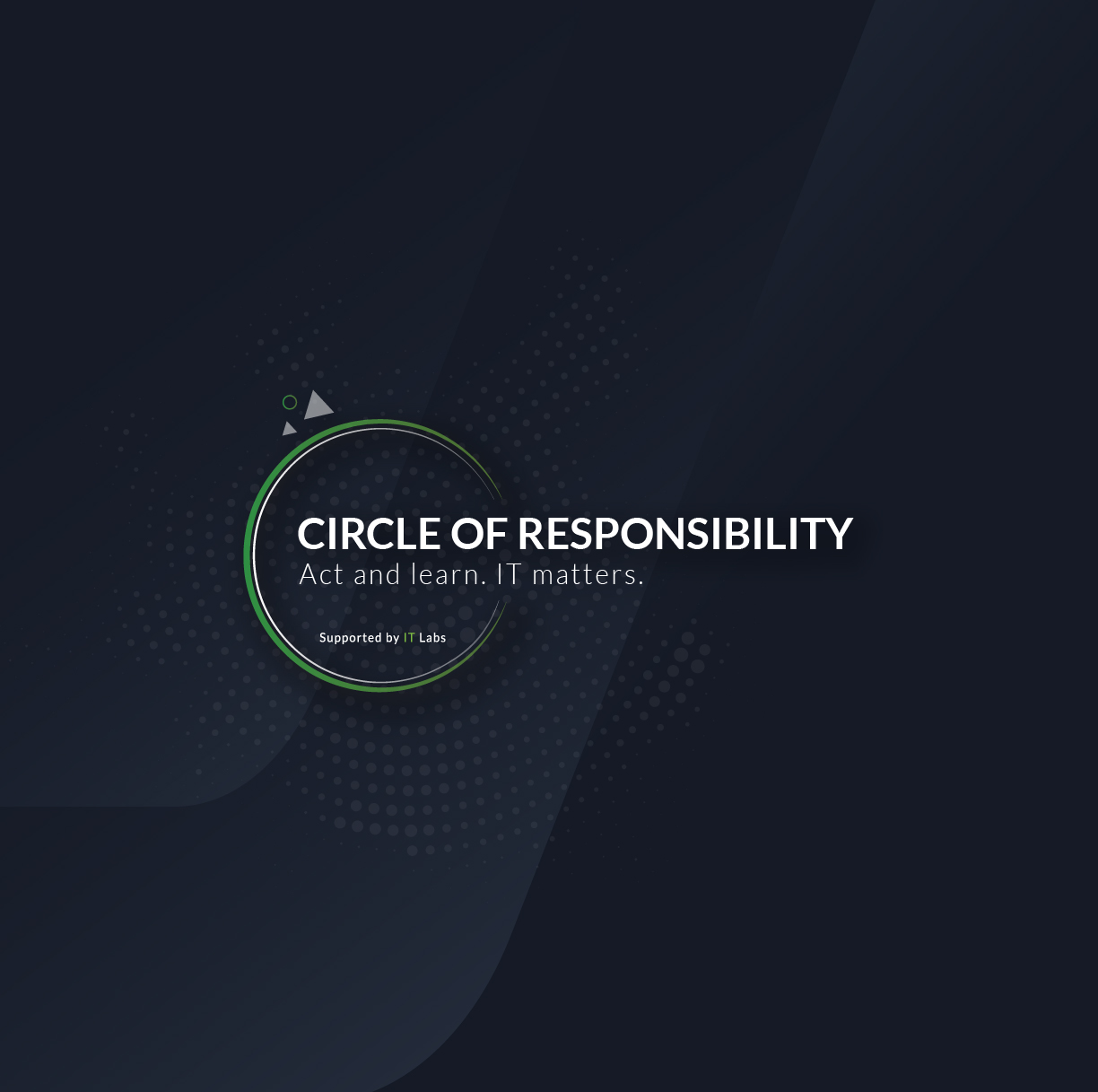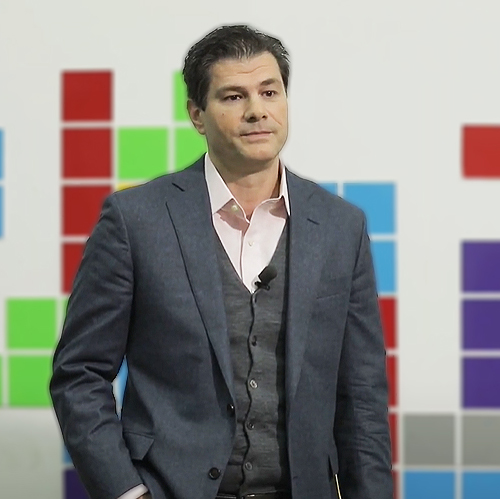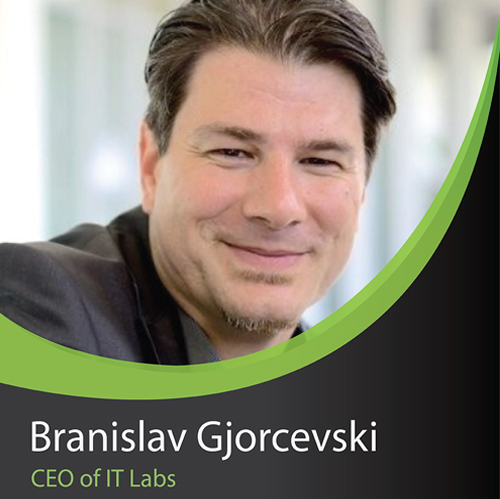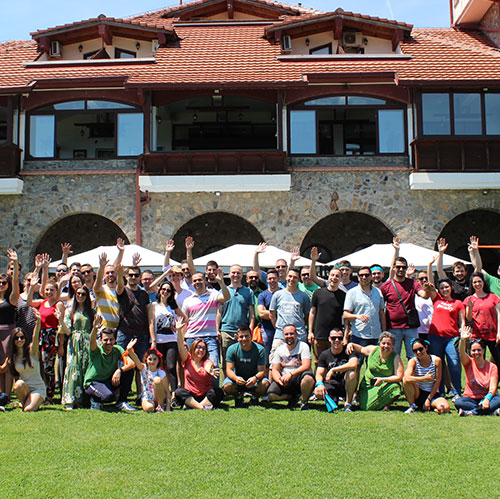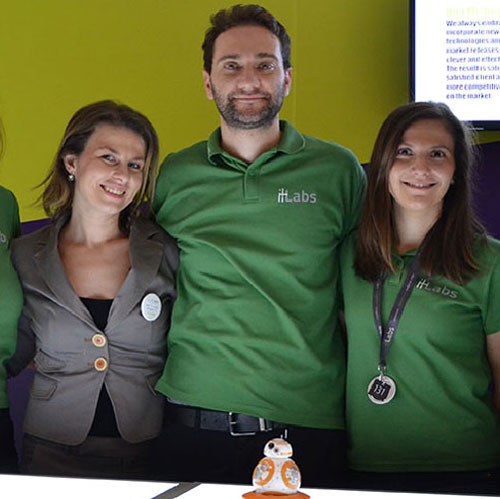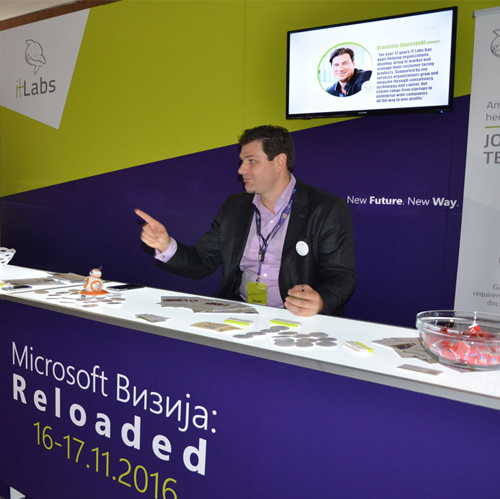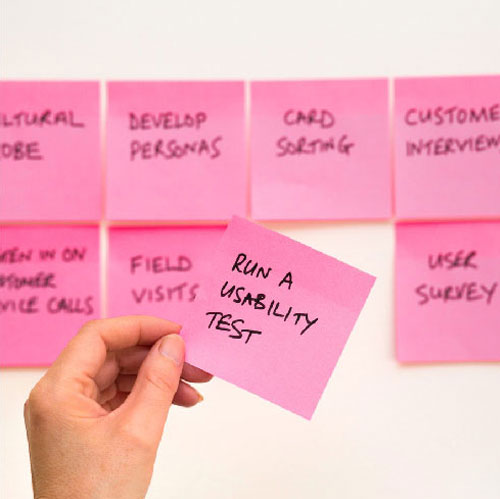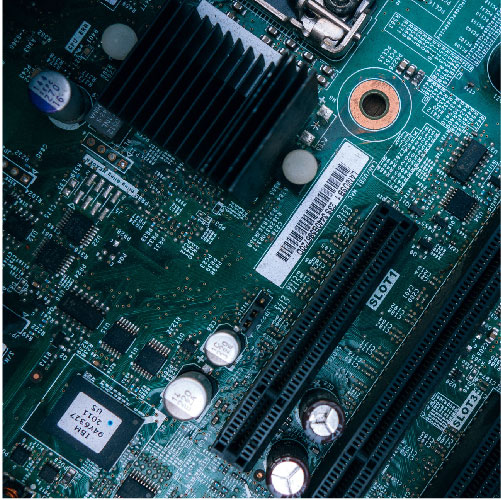You have big ideas to streamline your business and drive sales through the roof. But to get there, your ideas need business apps, and business apps have always been too expensive, especially in times like these.
Behind each one is a world of complexity, they need a data center with office space, power, cooling, bandwidth, networks, servers and storage, a complicated software stack, and a team of experts to install, configure and run them. You need development, testing, staging, production and failover environments. And when there’s a problem, good luck! You call technical support, and they don’t know what the problem is so they blame someone else. Oh, and when new versions are released, you want to upgrade but that might bring the whole system down.
Now, this is just for one app – when you multiply these headaches across dozens or hundreds of apps, it’s easy to see why the largest companies with the best IT departments aren’t getting the apps they need. And if they’re struggling, small businesses don’t even have a chance.
CLOUD COMPUTING IS A BETTER WAY TO RUN YOUR BUSINESS.
Instead of running your apps yourself, they run in a shared data center. You just plug in like a utility. This makes it quicker to get started and the cost is considerably less. It’s like Gmail compared to Microsoft Exchange.
Does Gmail require servers and storage? No
Do you need a technical team to keep Gmail up and running? No
Do you have to perform Gmail upgrades? No
When you use any app that runs in the cloud, you just log in, customize it, and start using it. That’s the power of cloud computing.
This model is so much better – it’s changing the way we think about software. Not just for consumer apps, business apps, as well. We call this Enterprise Cloud Computing.
Businesses are running all kinds of apps in the cloud these days, including custom-built apps. Why? Because you can be up and running in just a few days, which is unheard of with traditional business software. They cost less because you don’t need to pay for all the staff, products, and facilities to run them. And it turns out they are more scalable, secure, and reliable than the vast majority of apps out there.
This is why – they are based on an architecture referred to as “Multi-Tenancy”.
With a multi-tenant app, there aren’t multiple copies of the app for each business that’s using it, there’s just one app that everyone shares. But it’s flexible enough for everyone to customize for their specific needs. It’s like a giant office building where everyone shares the infrastructure and services, and each business can customize their own office space.
This mean that apps are elastic, they can scale up to tens of thousands of users or down to only a few.
Upgrades are taken care of for you – your apps get security and performance enhancements, and new features automatically. The way in which you pay for cloud apps is also different. Forget about buying servers and software – when your apps run in the cloud, you don’t buy anything at all. It’s all rolled up in a predictable monthly subscription, so you only pay for what you use.
Finally, cloud apps don’t eat up your valuable IT resources, so your CFO will love it! You can focus on projects that really impact your business, like deploying more apps.
Cloud computing is a simple idea but can have a huge impact on your bottom line.
Author:
Zharko Atkovski,
System and Network Administrator


